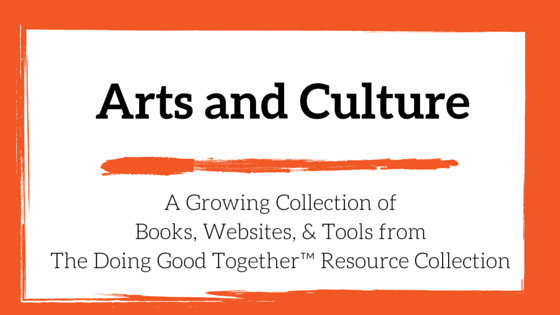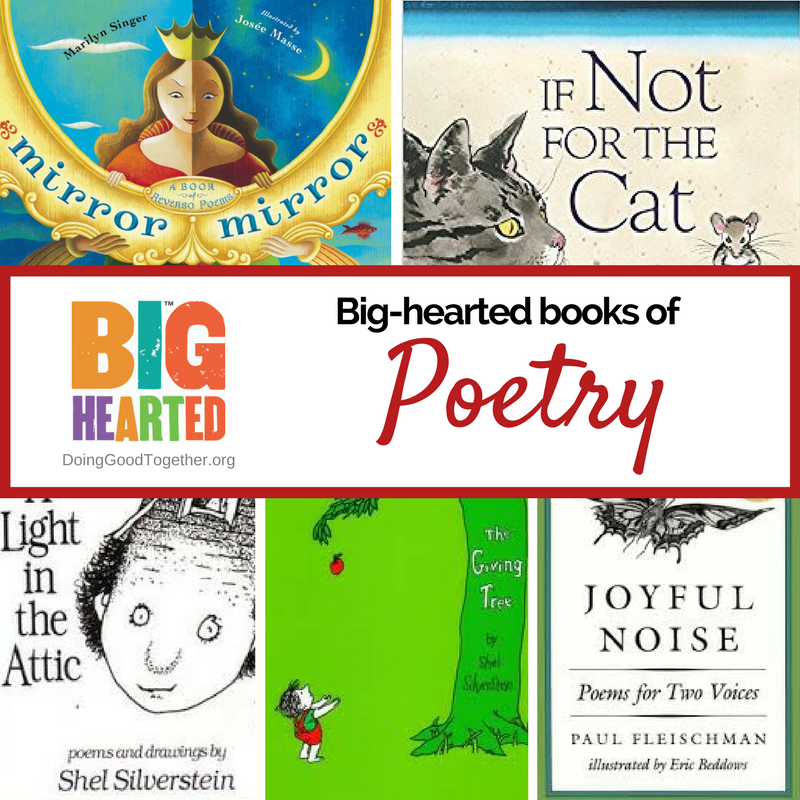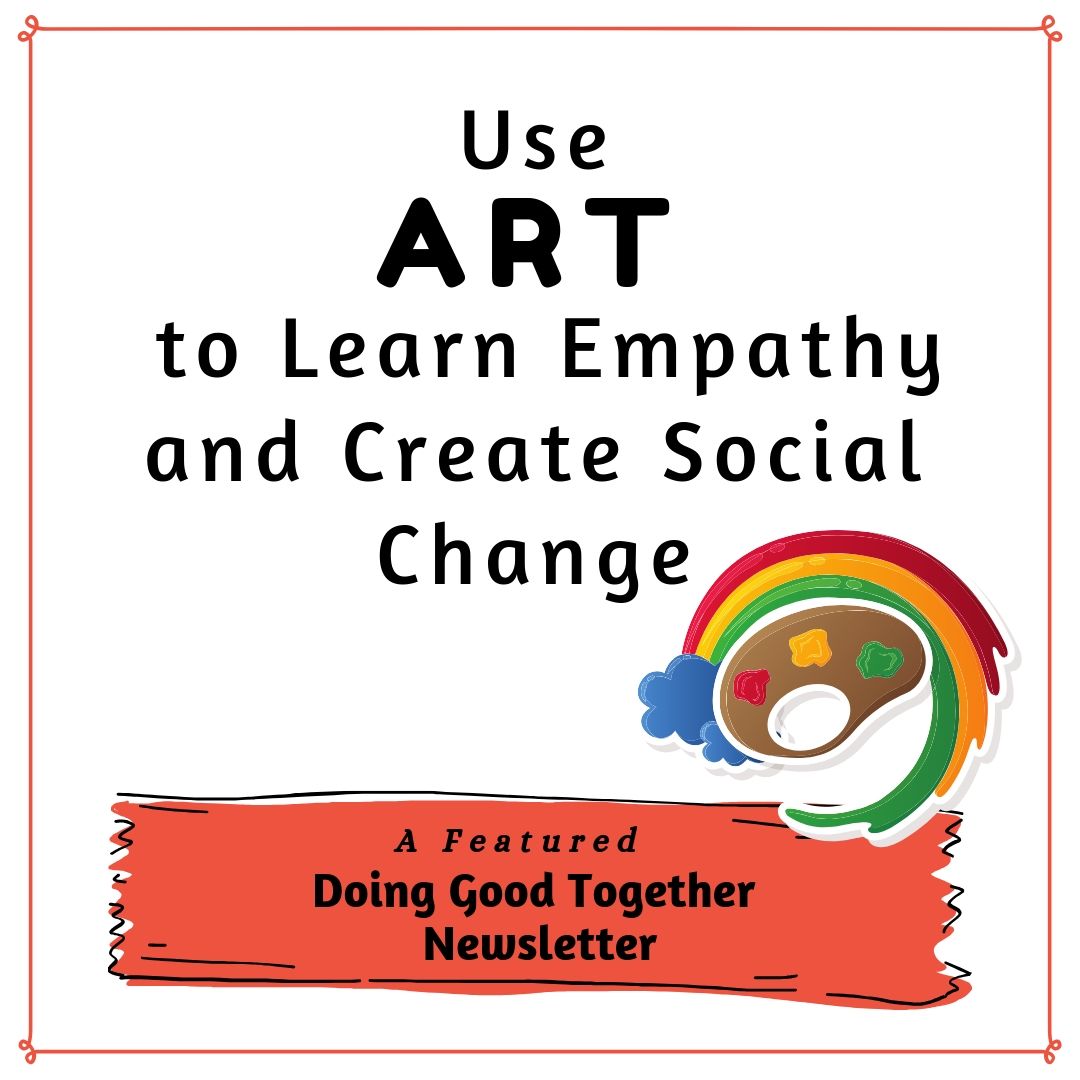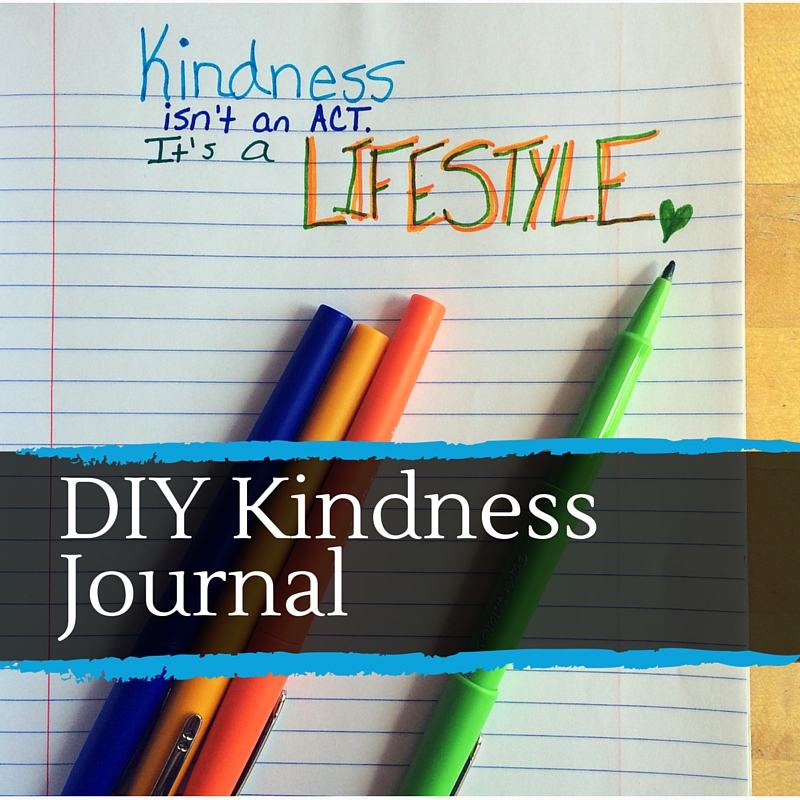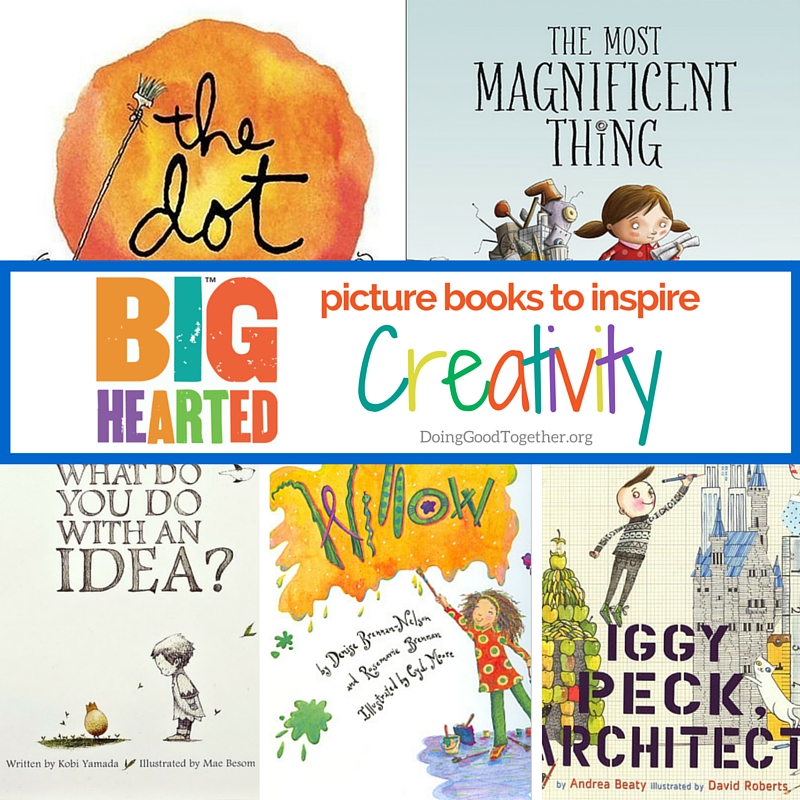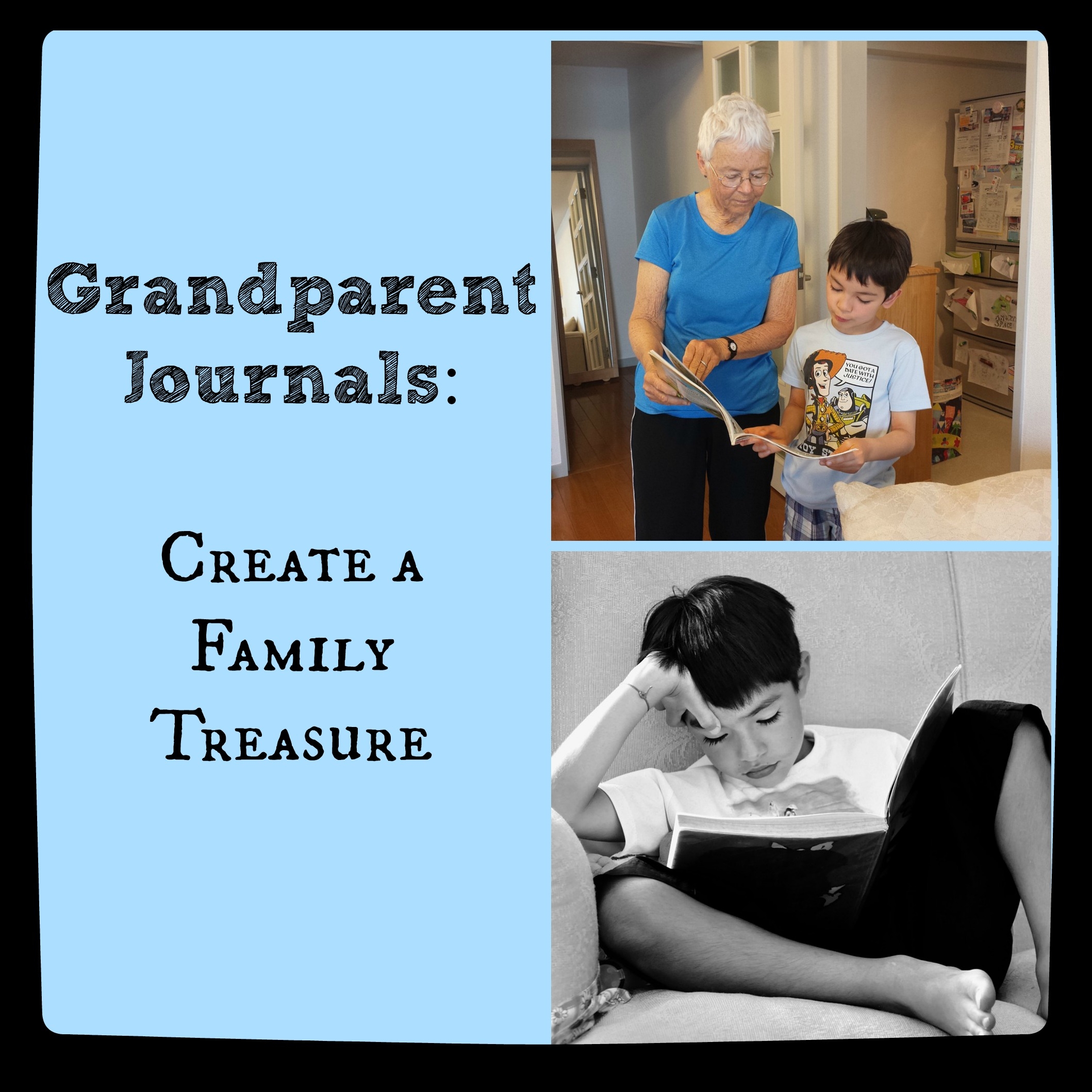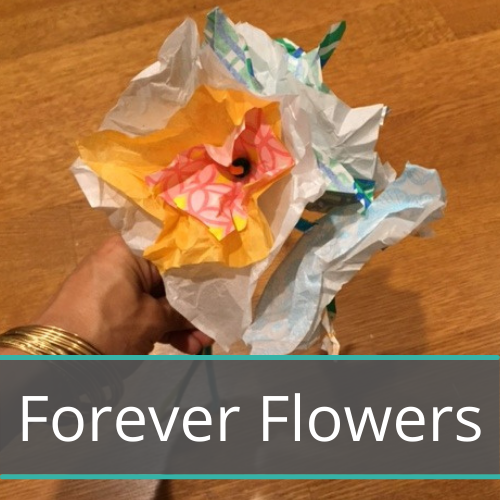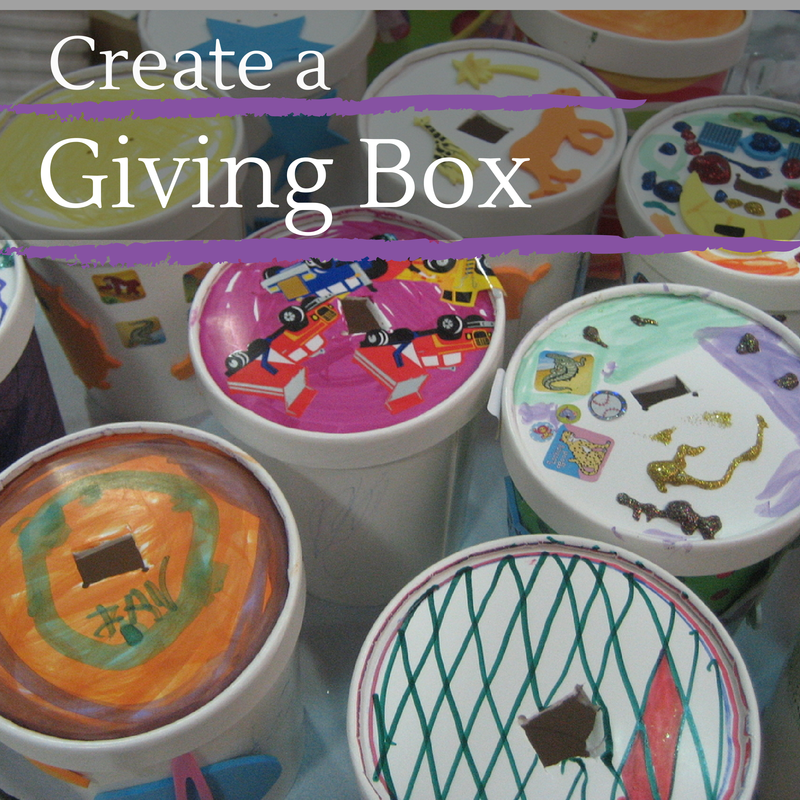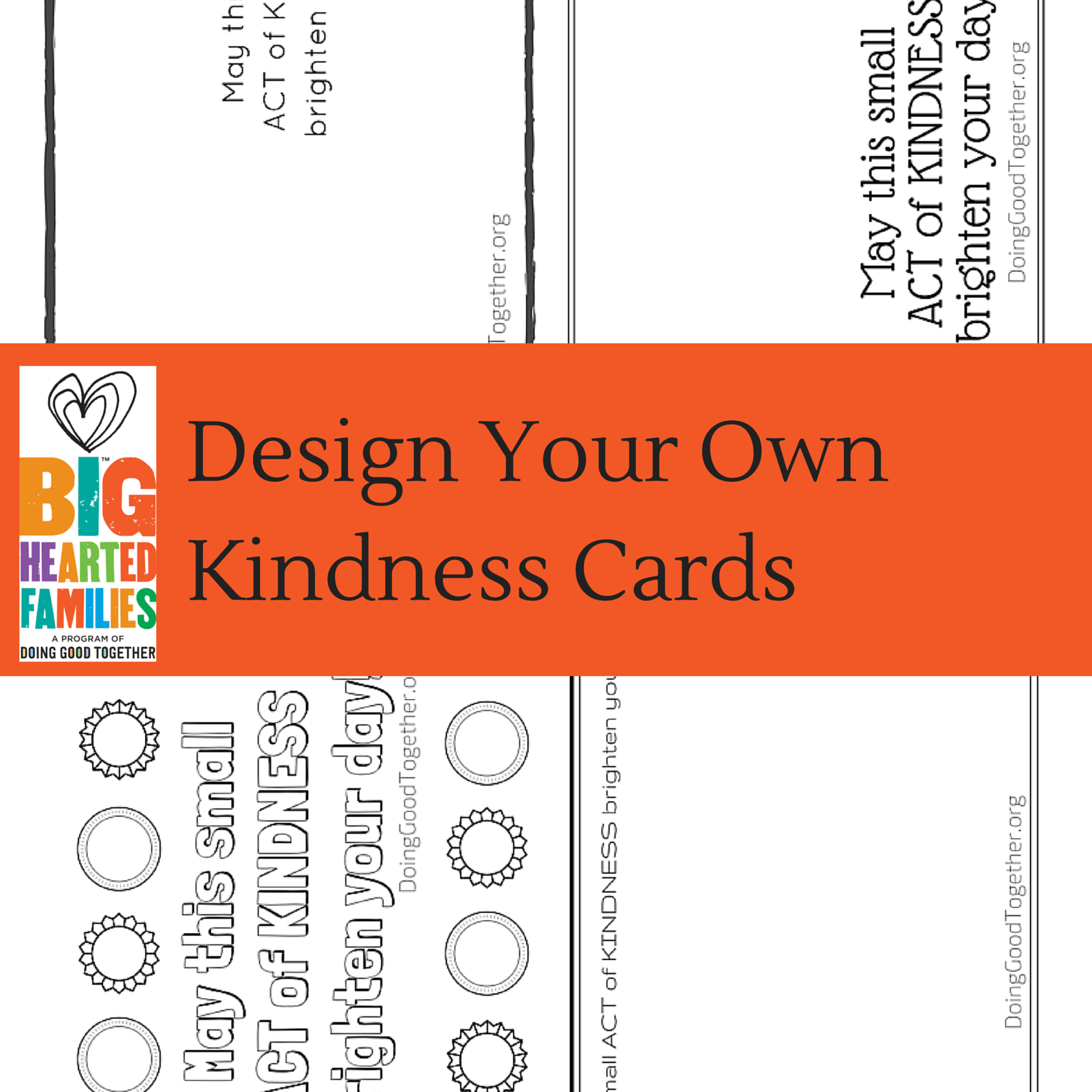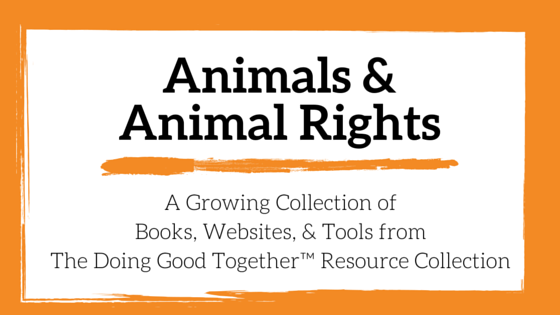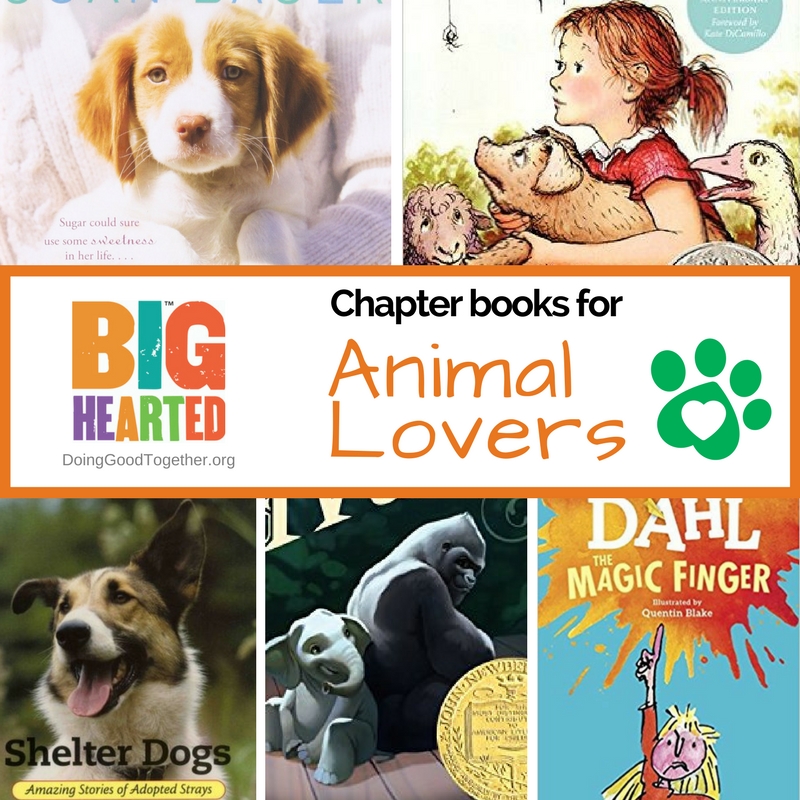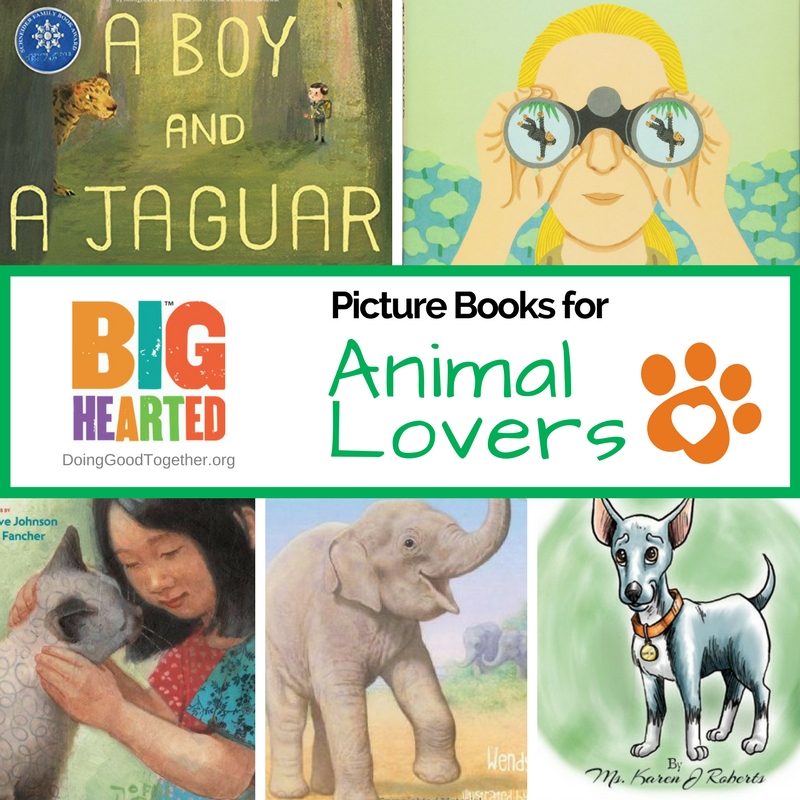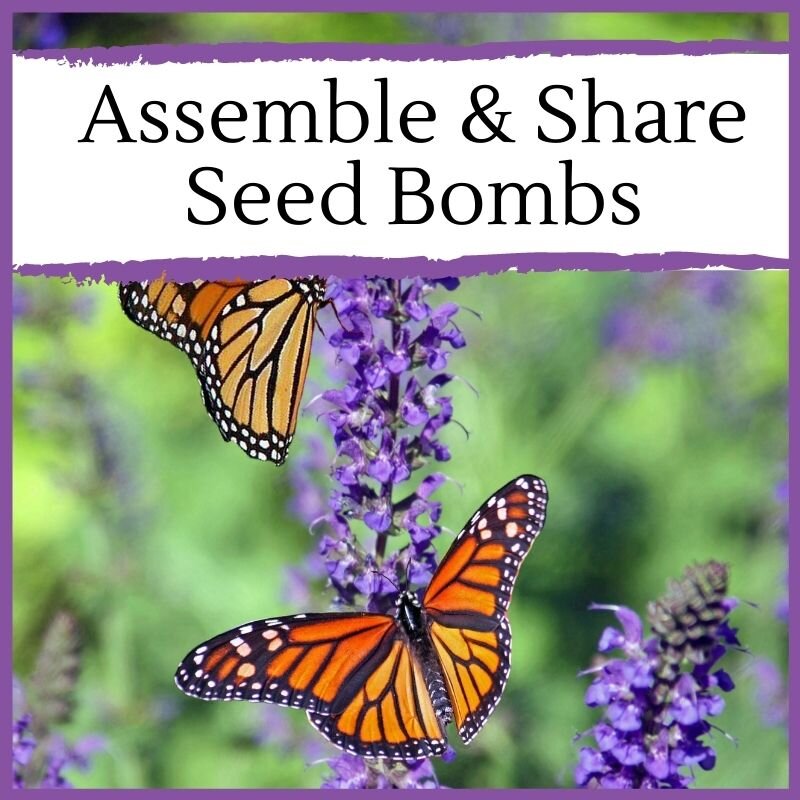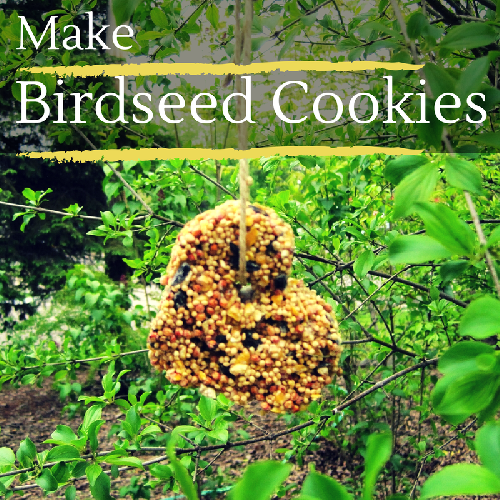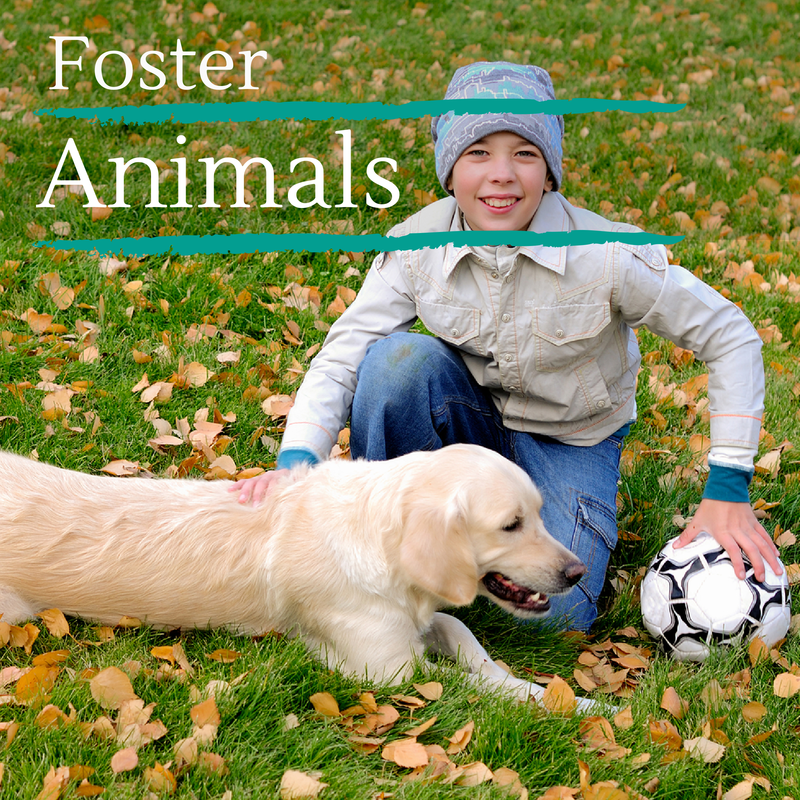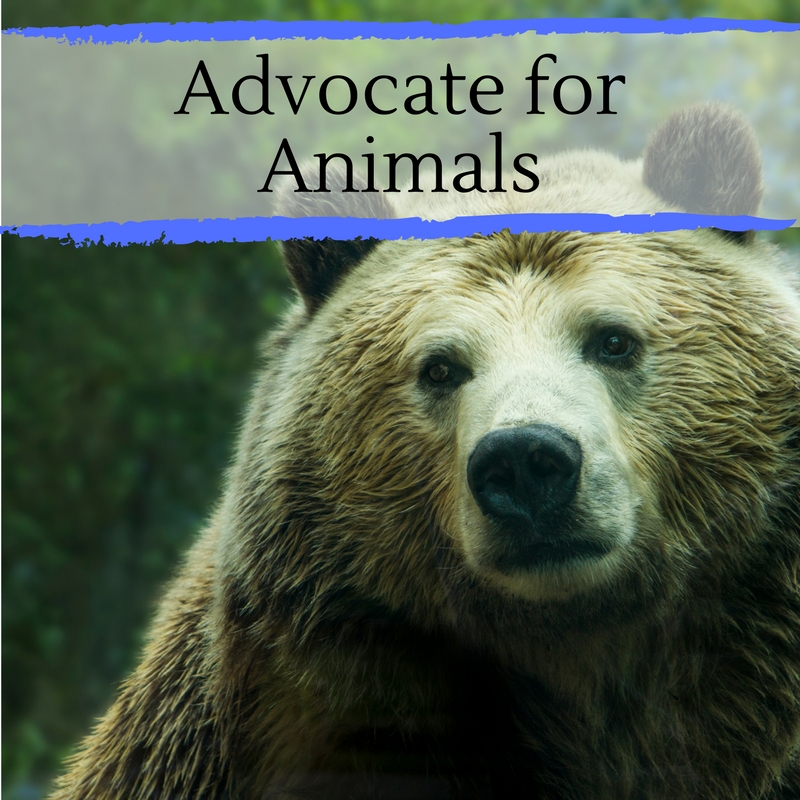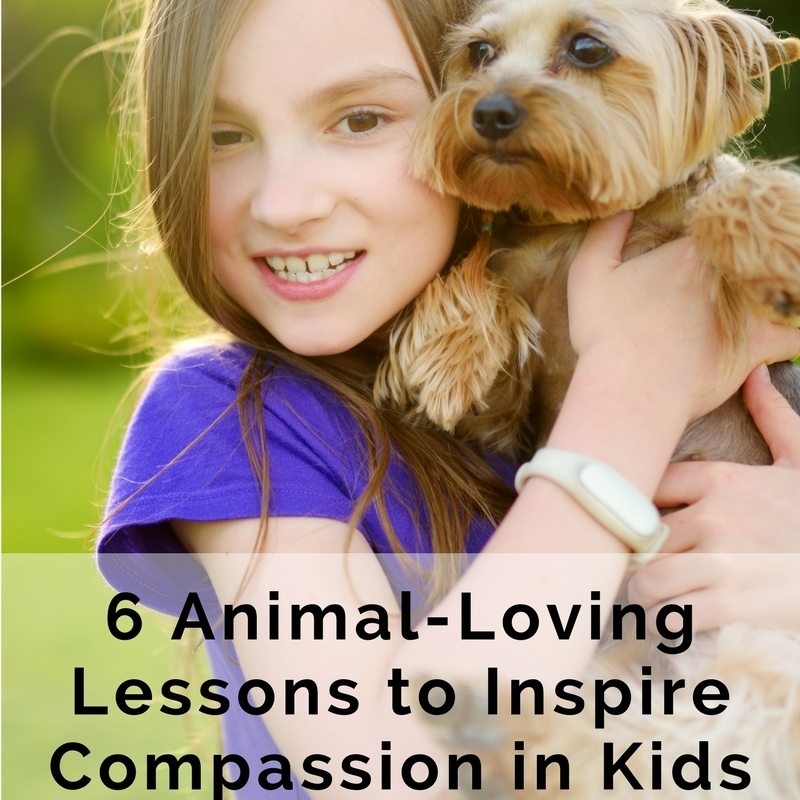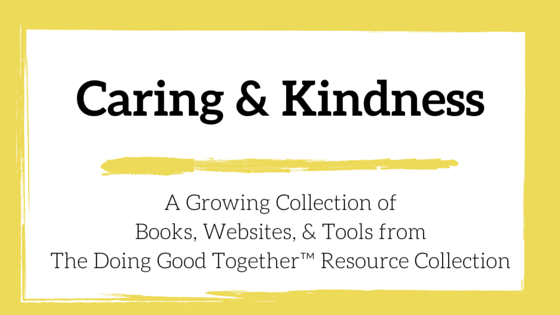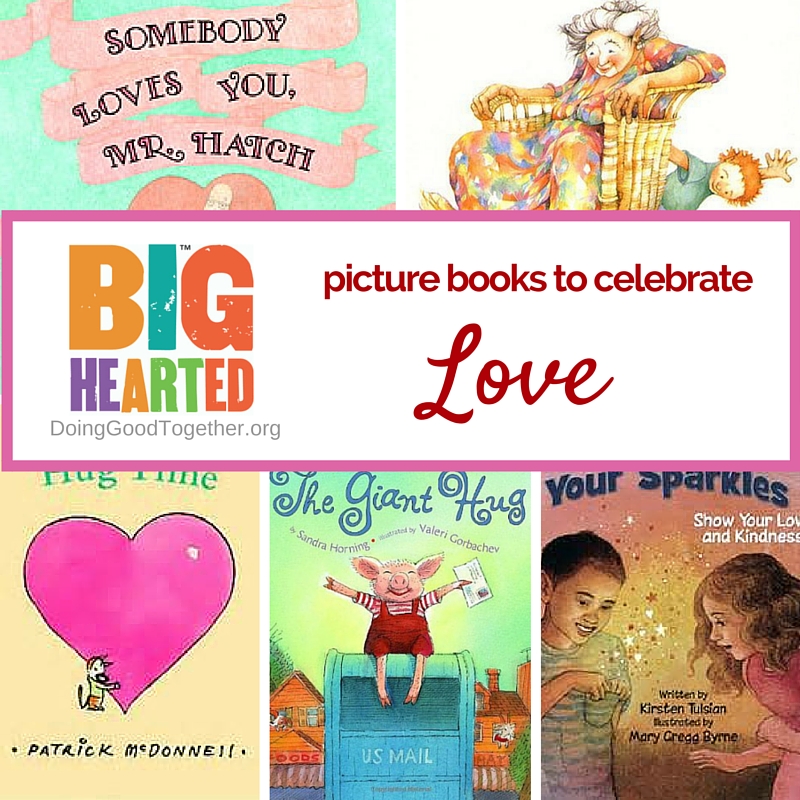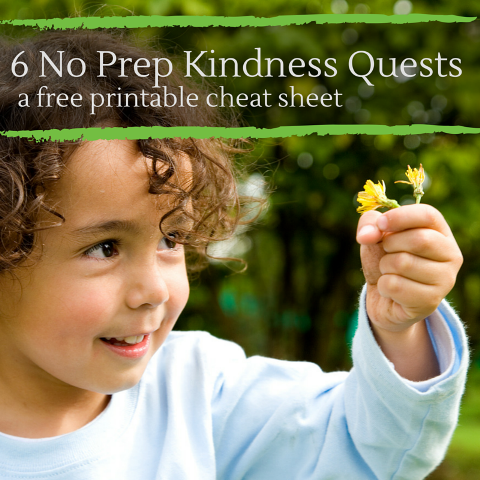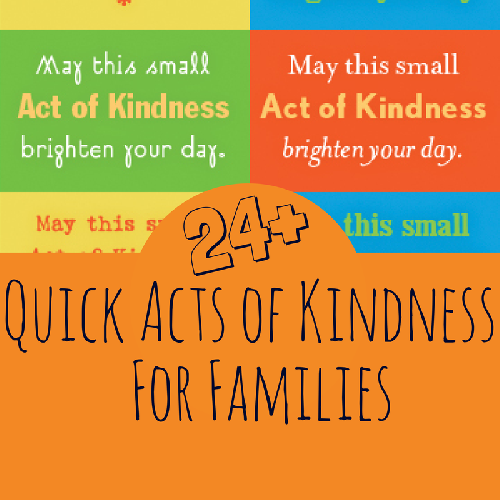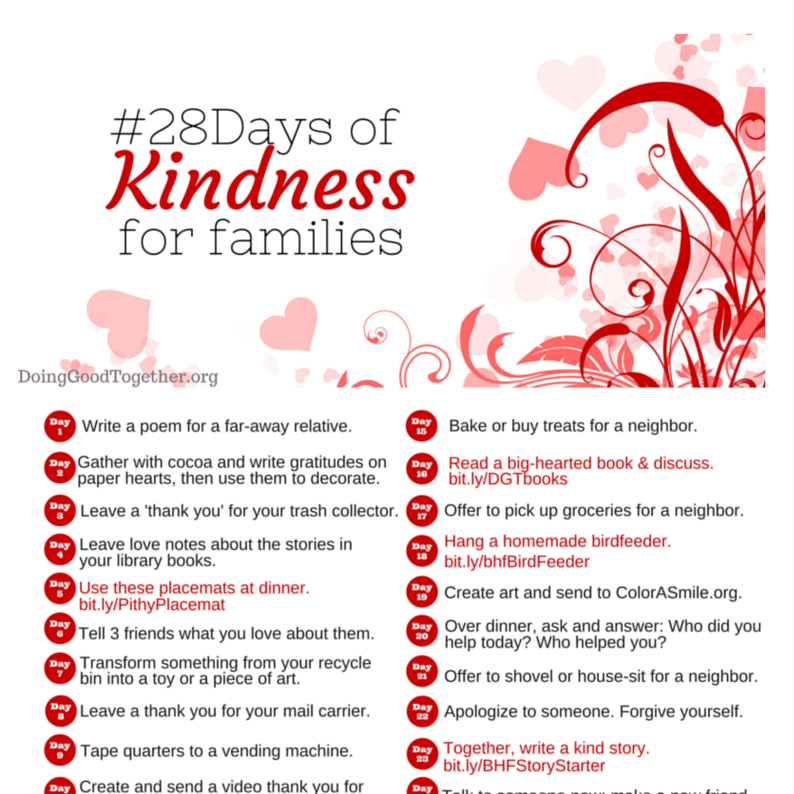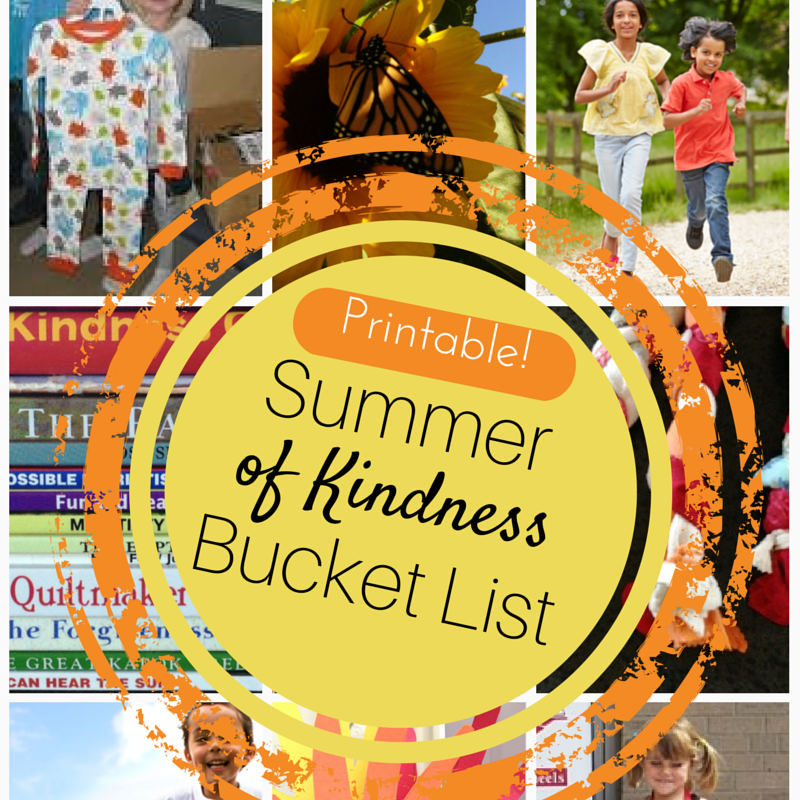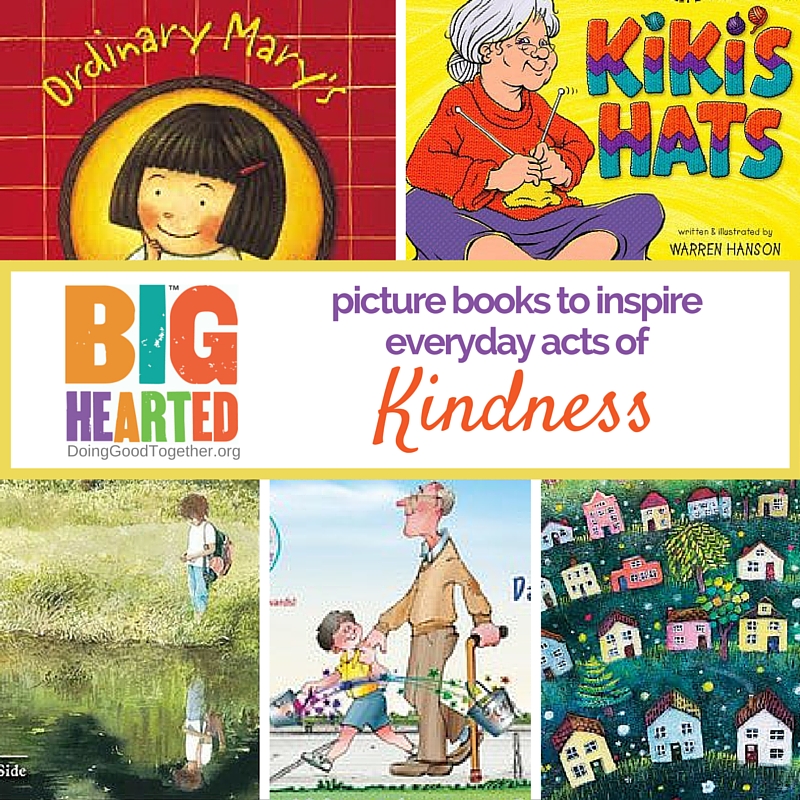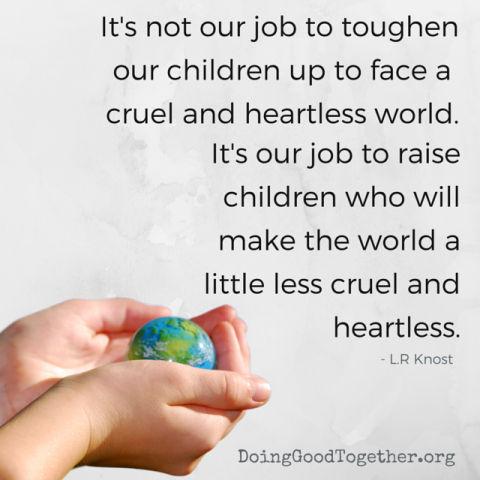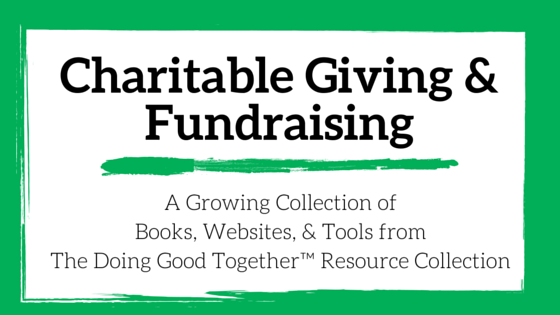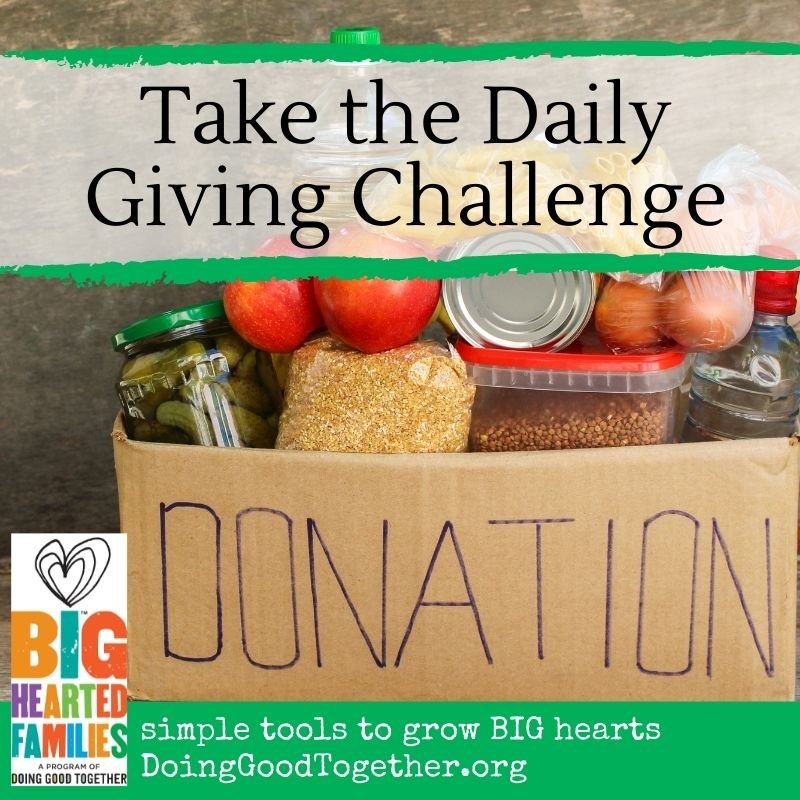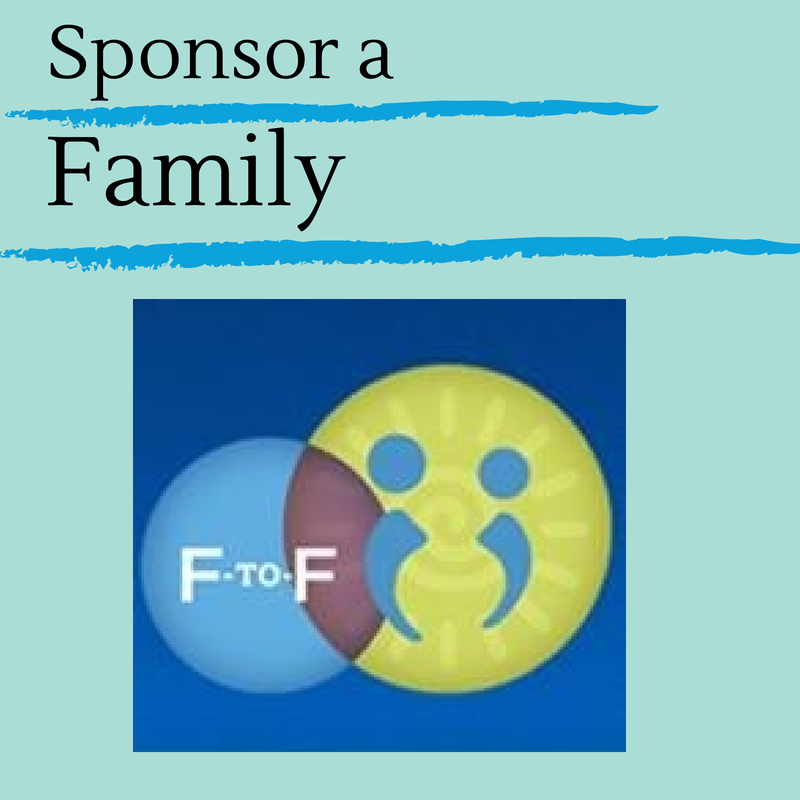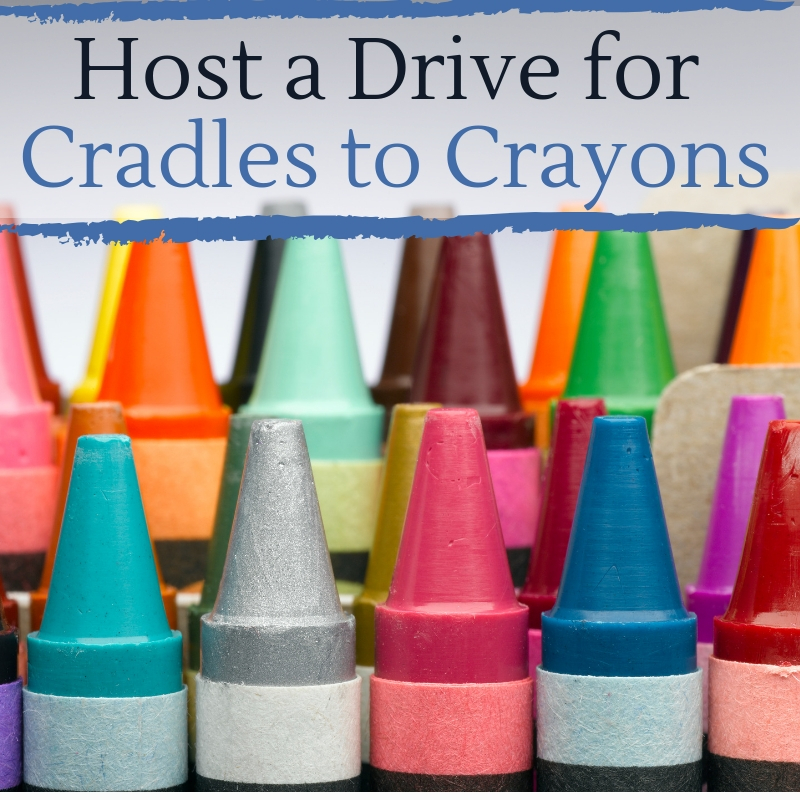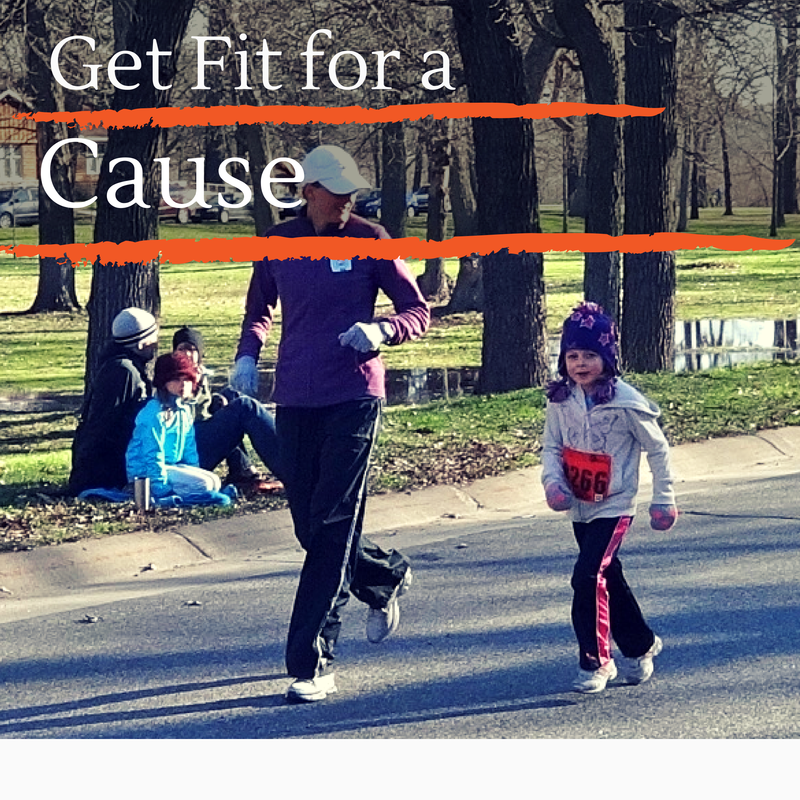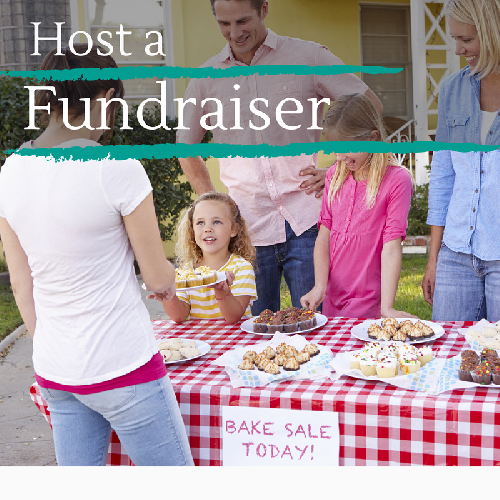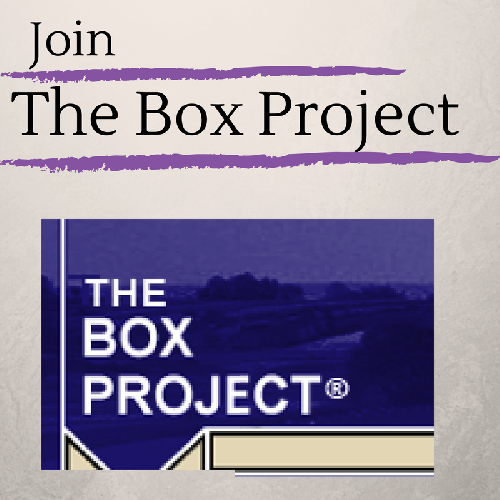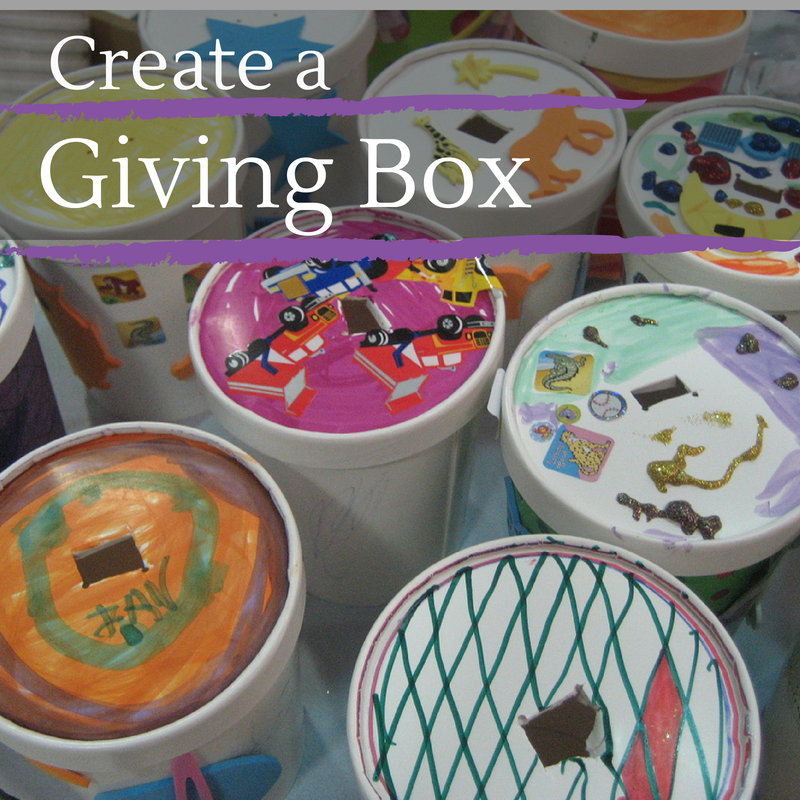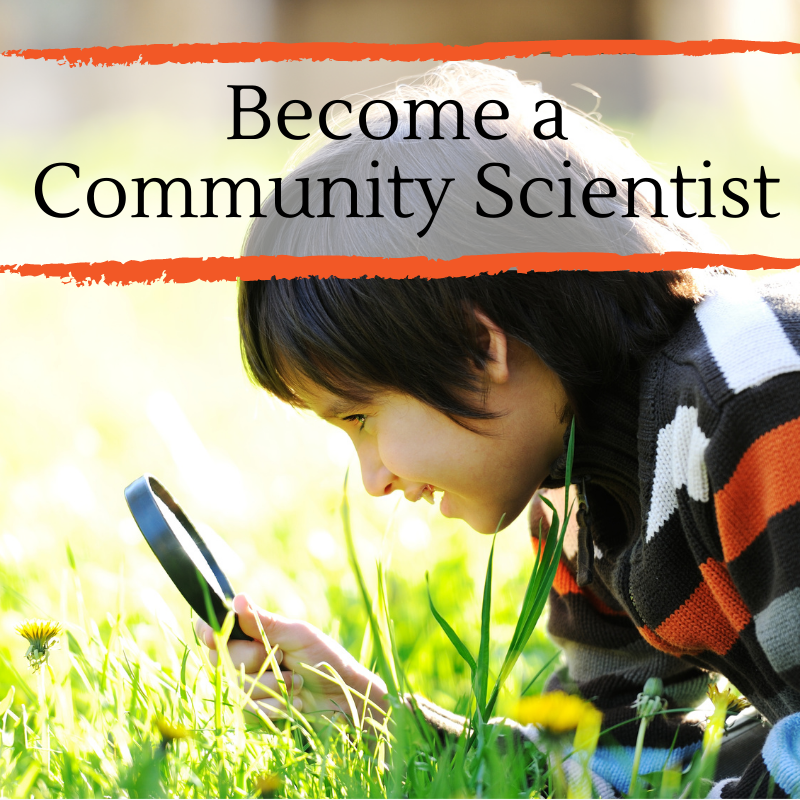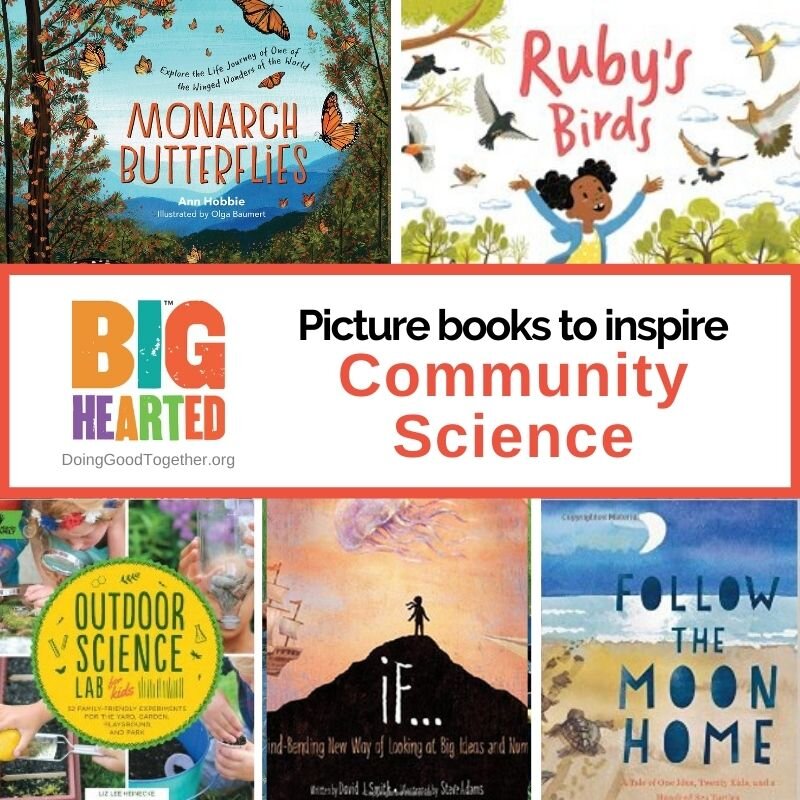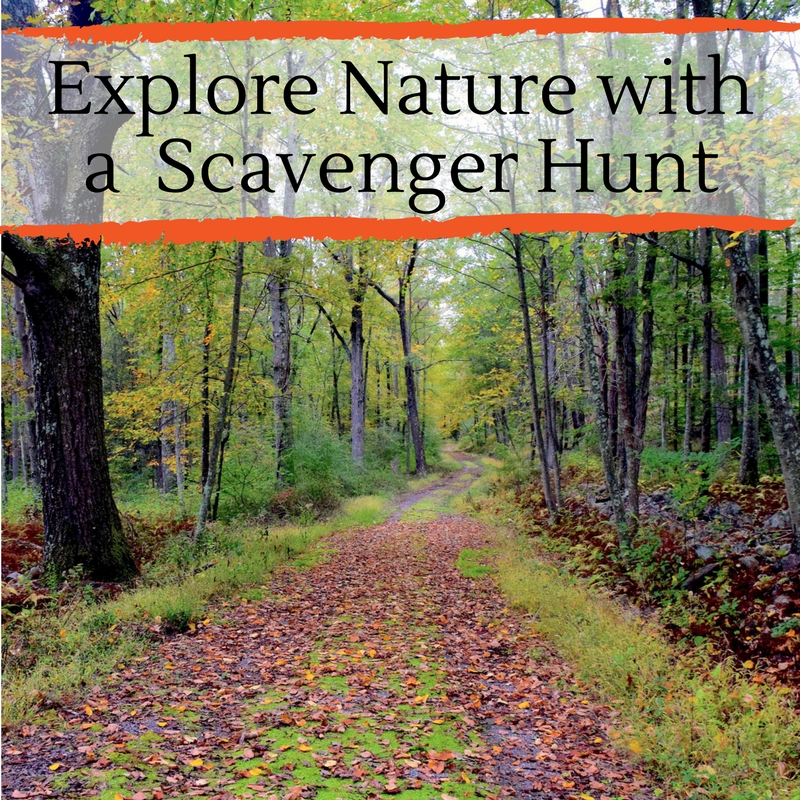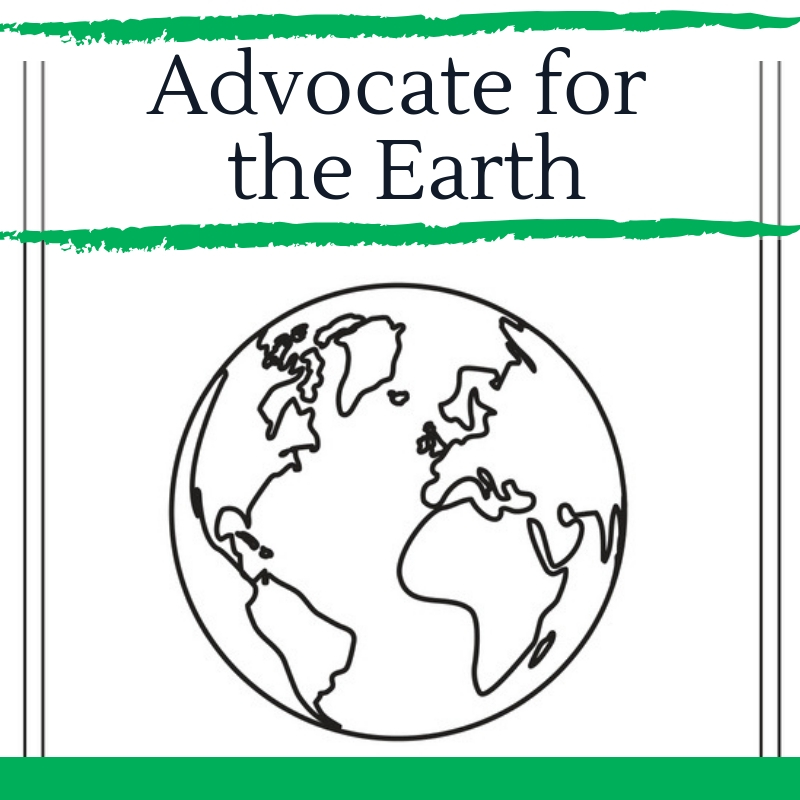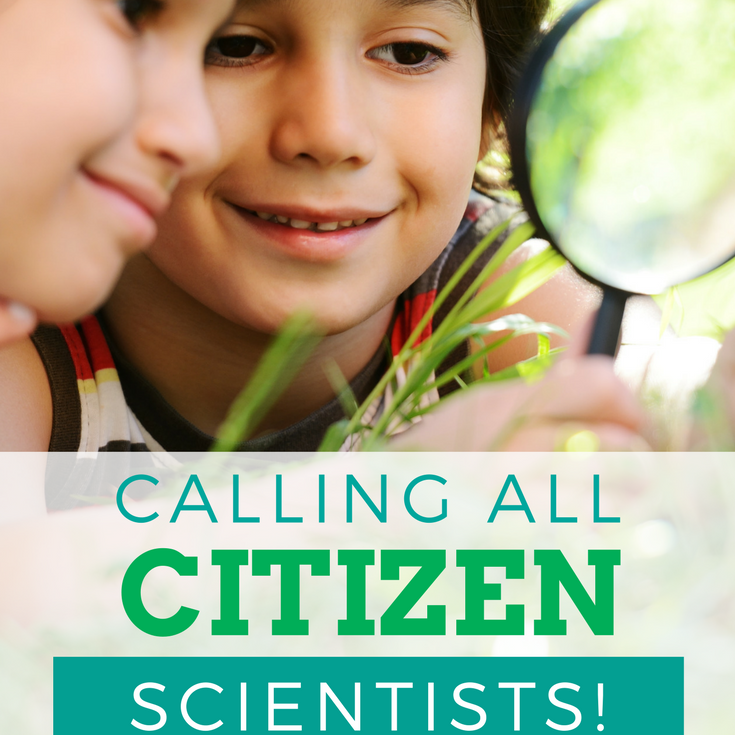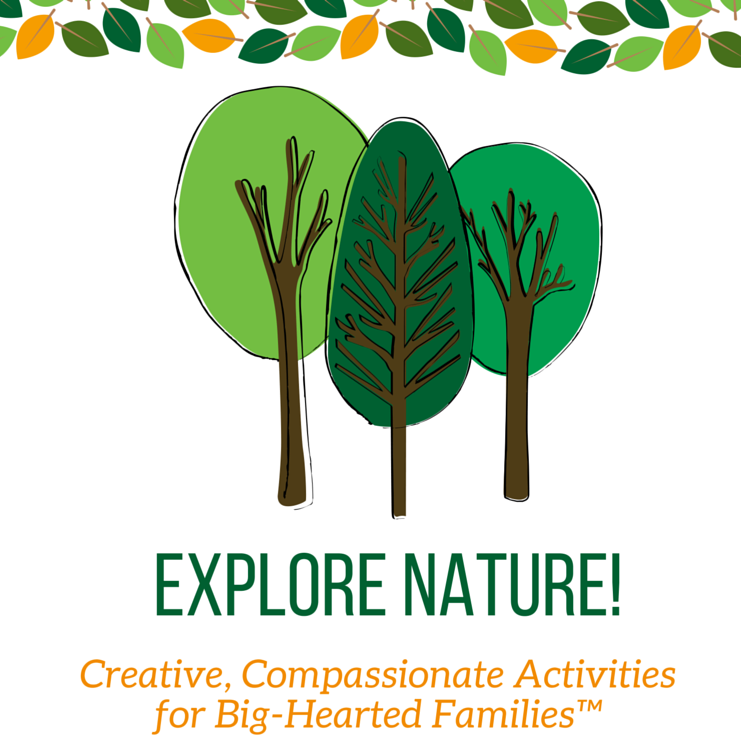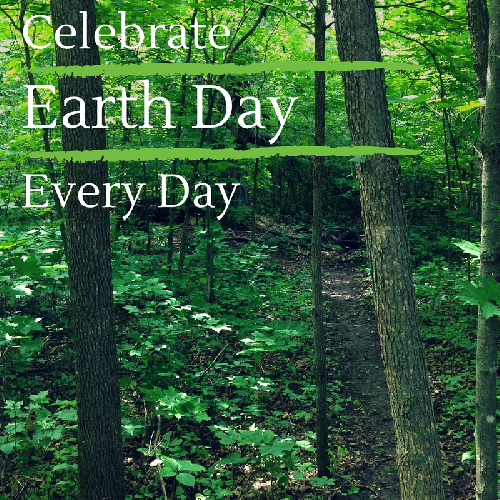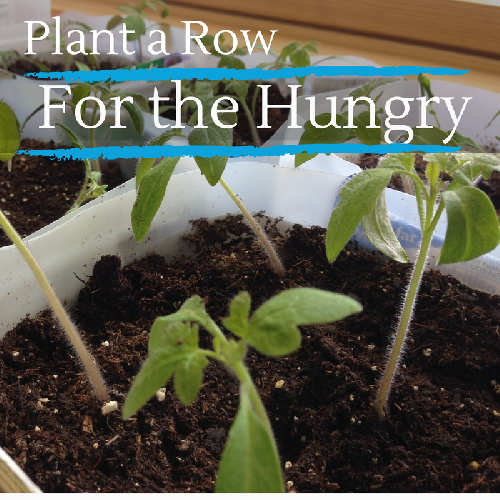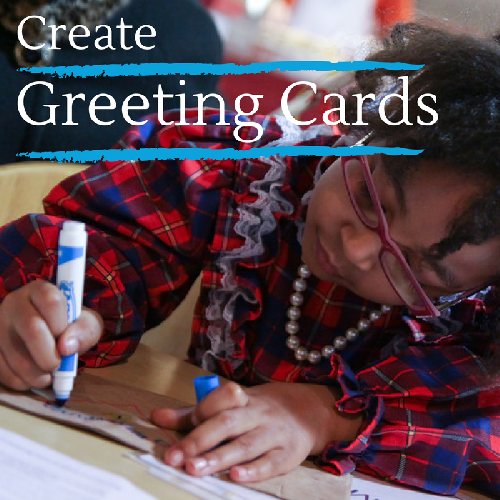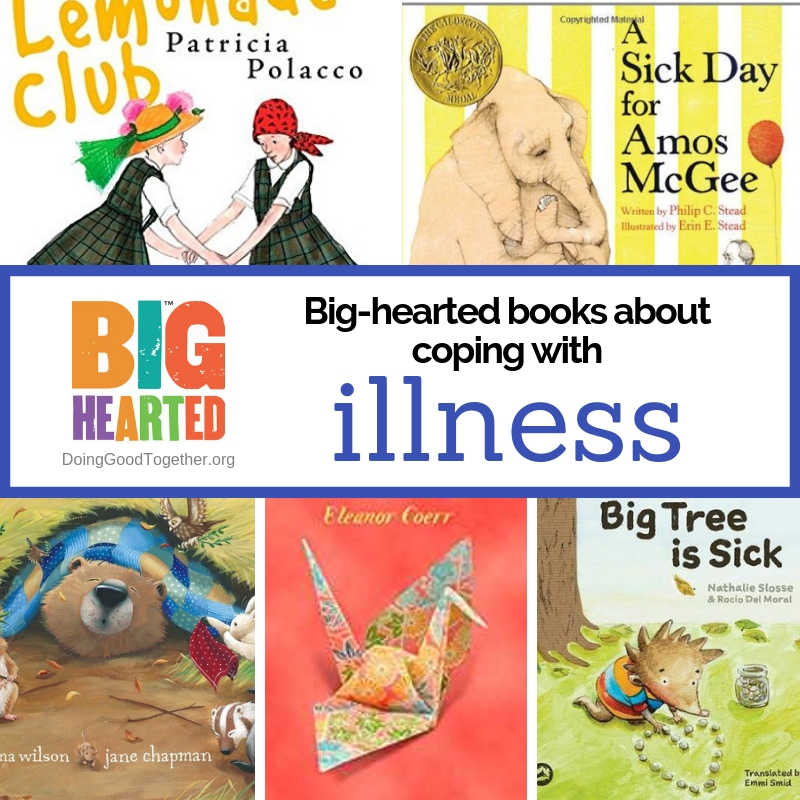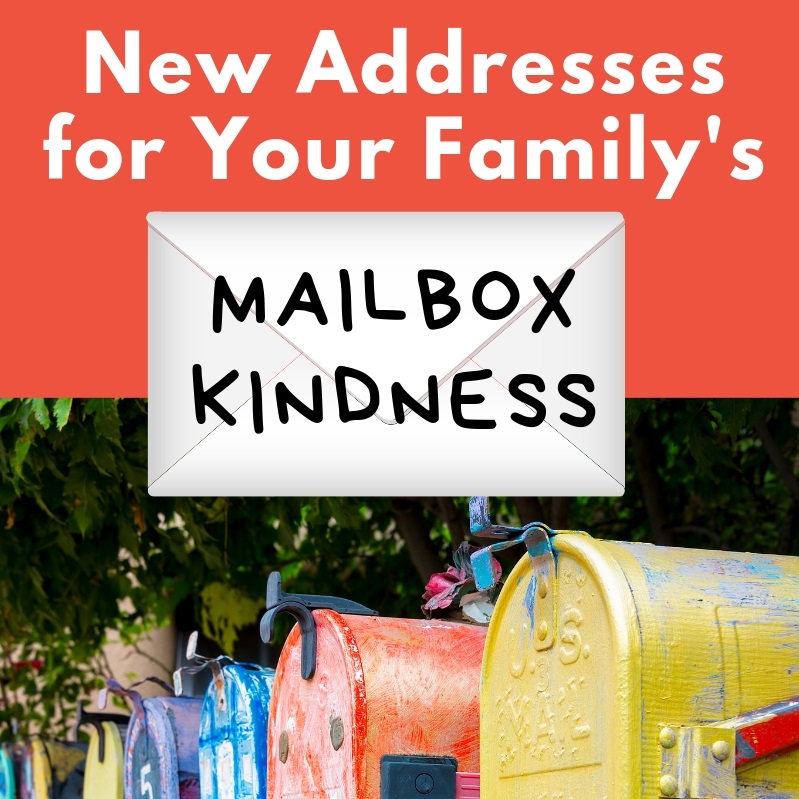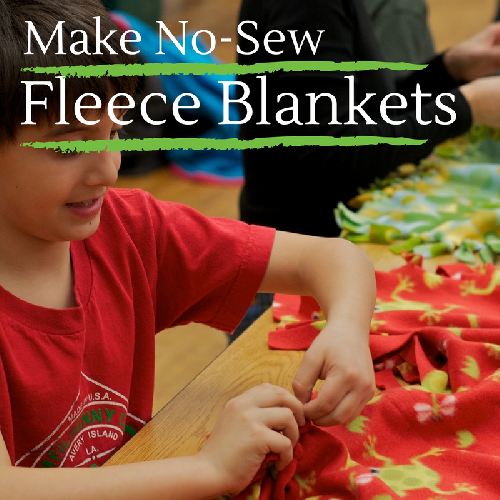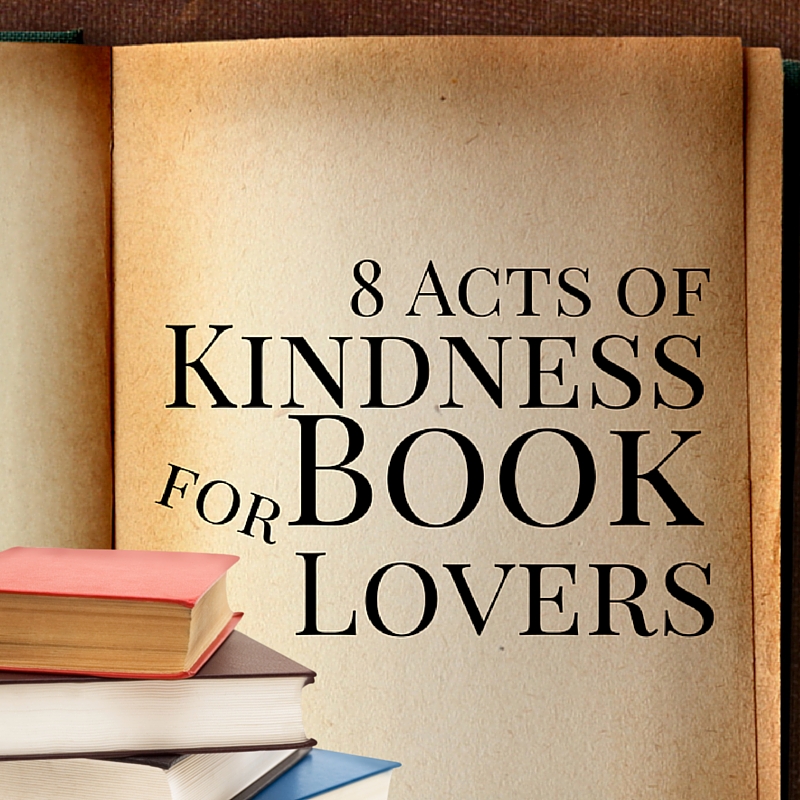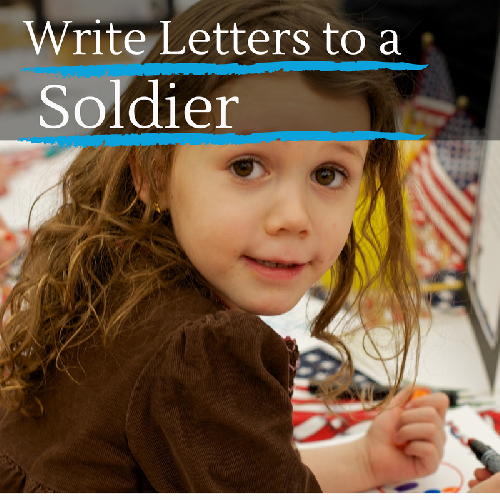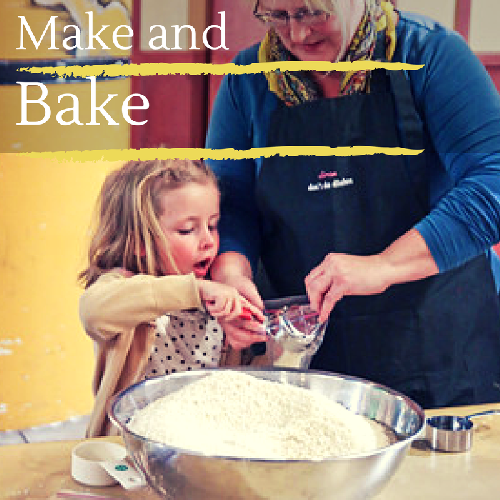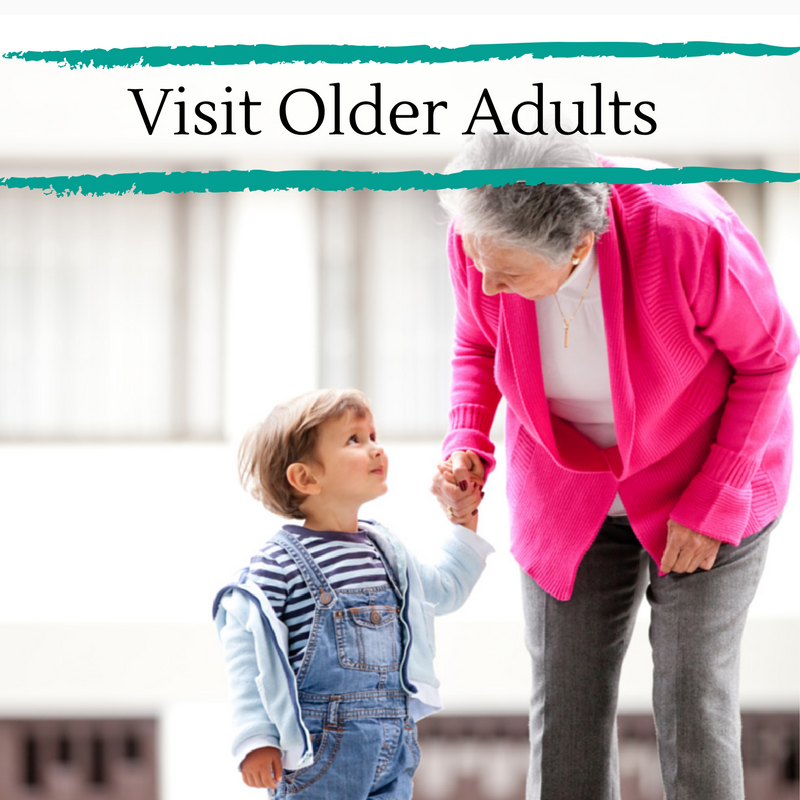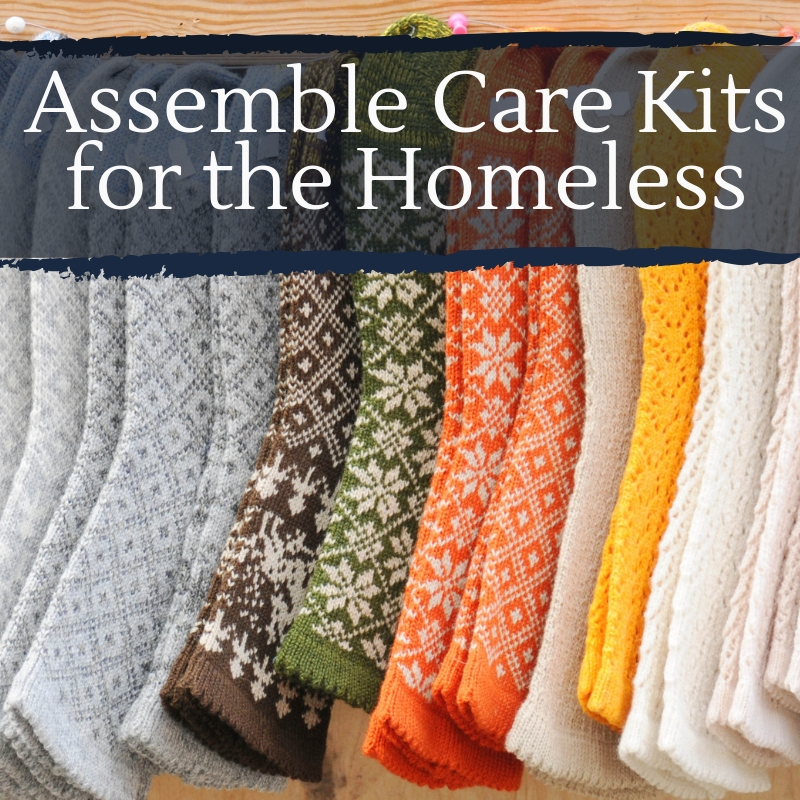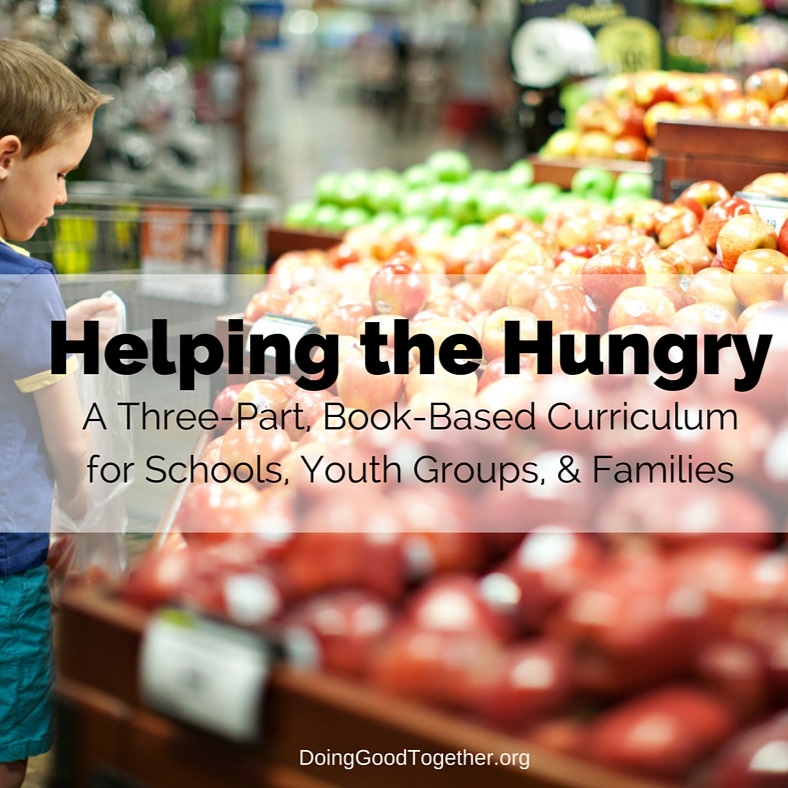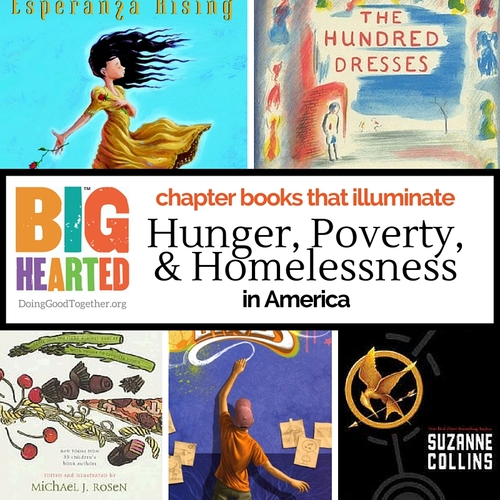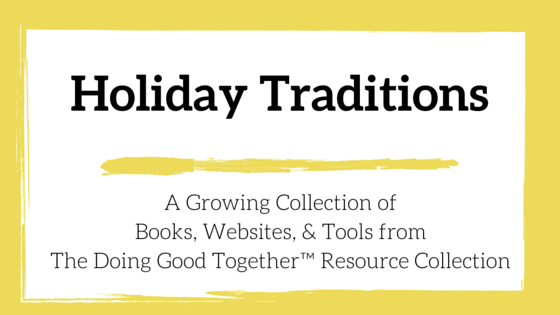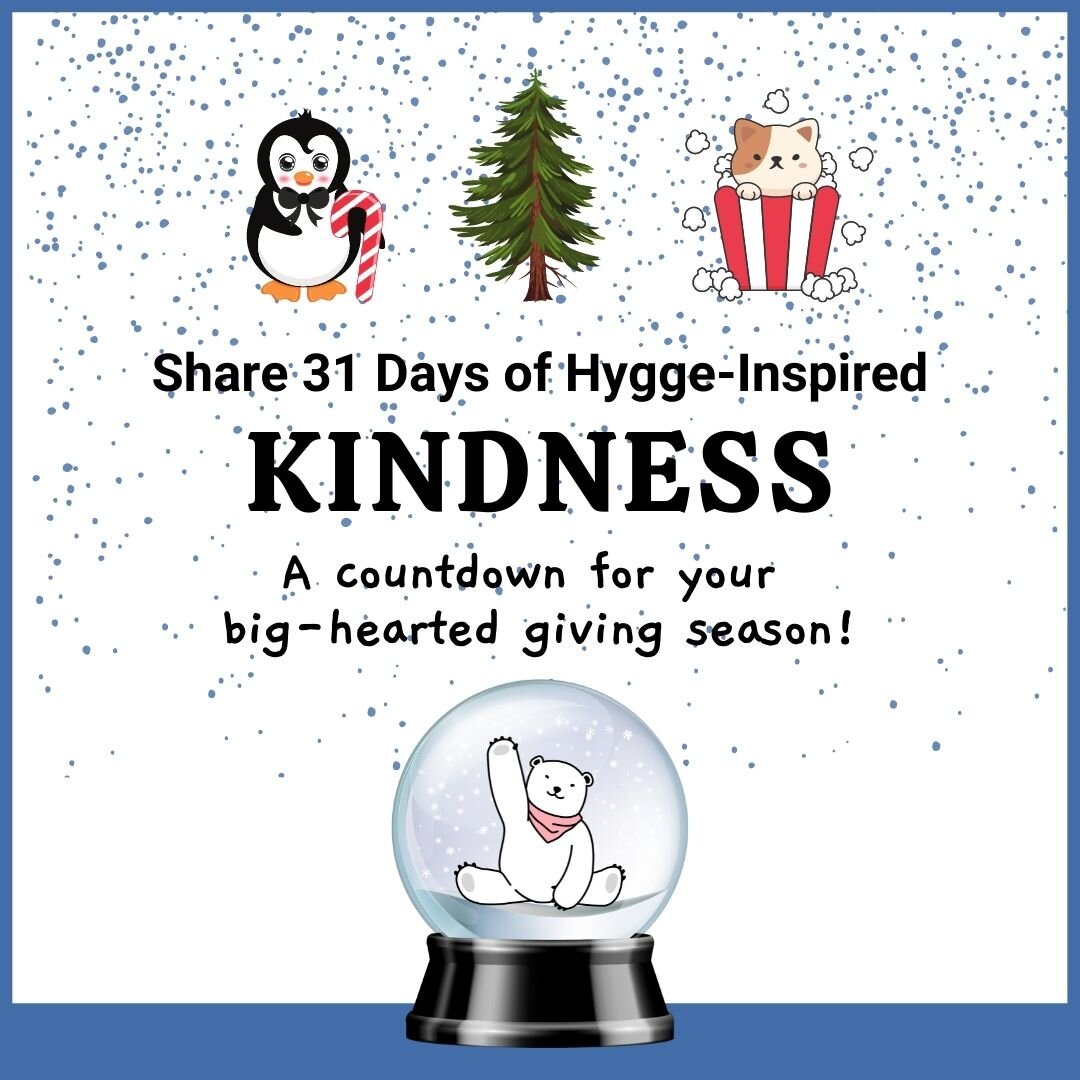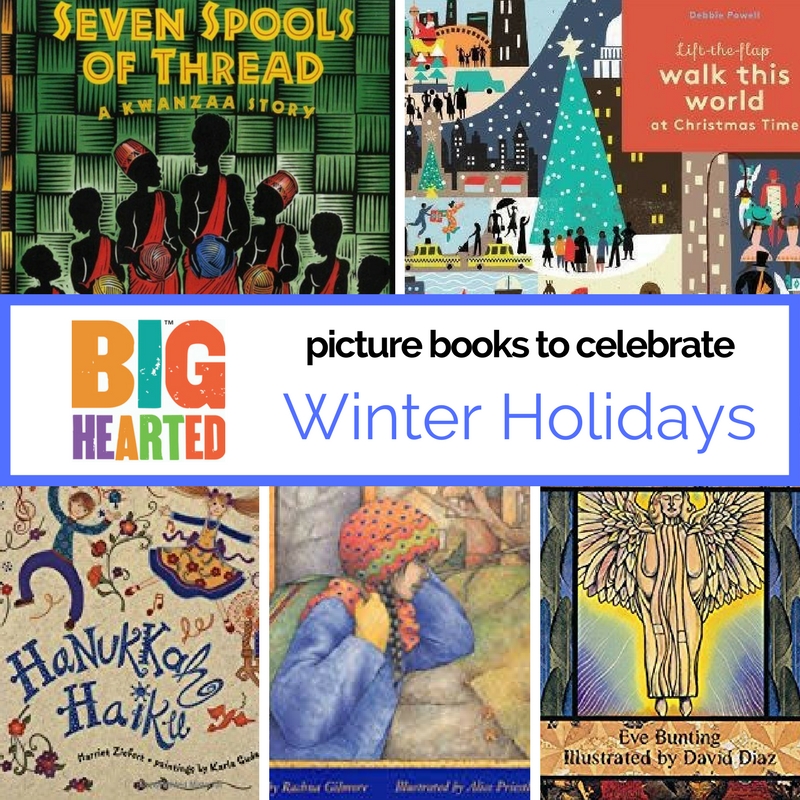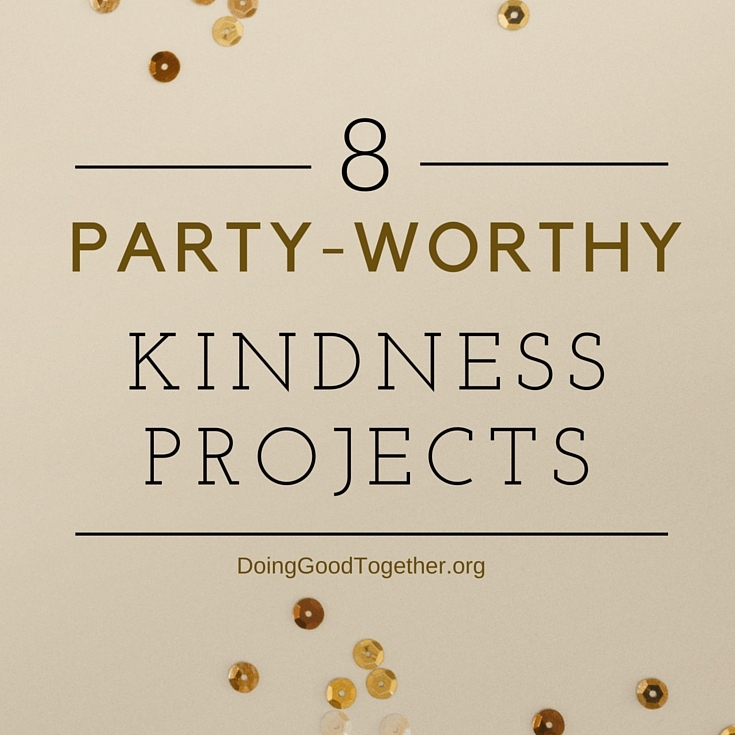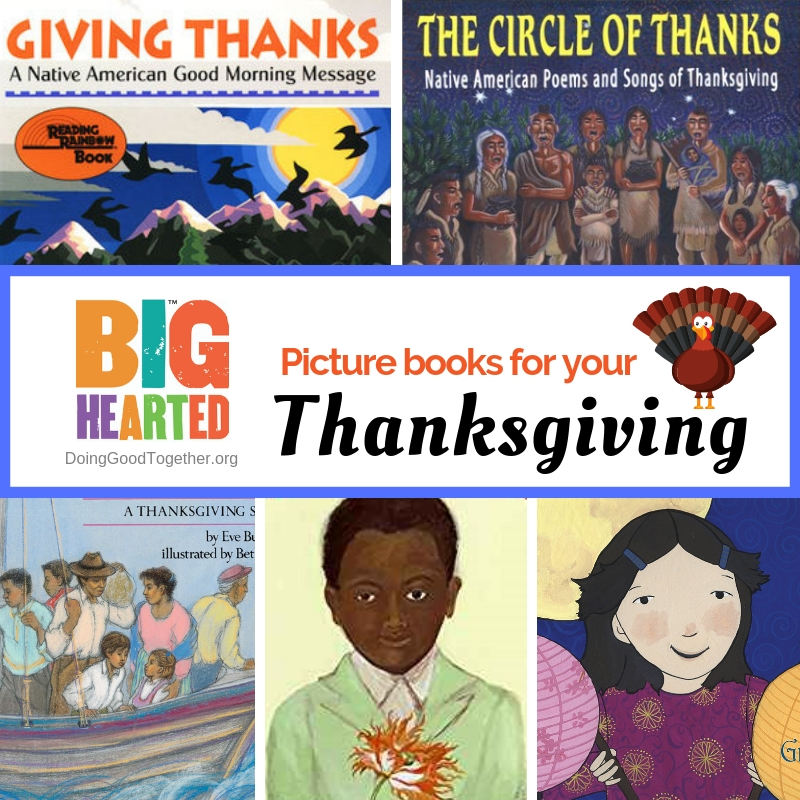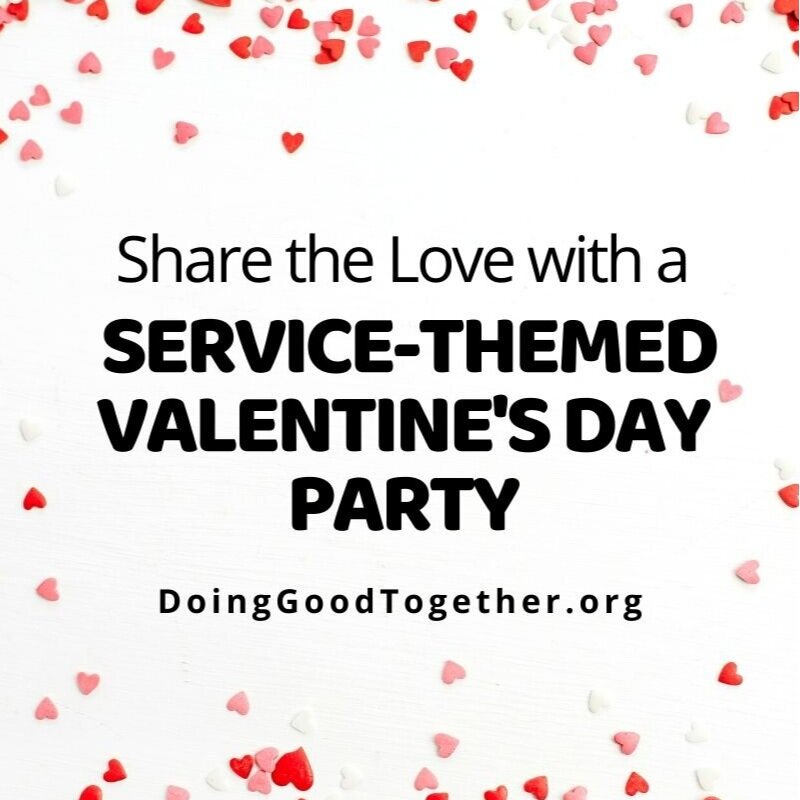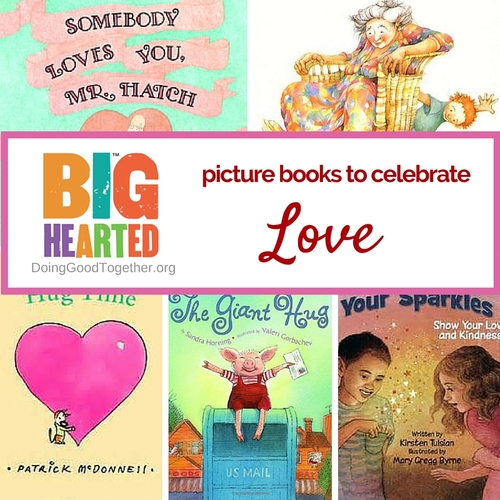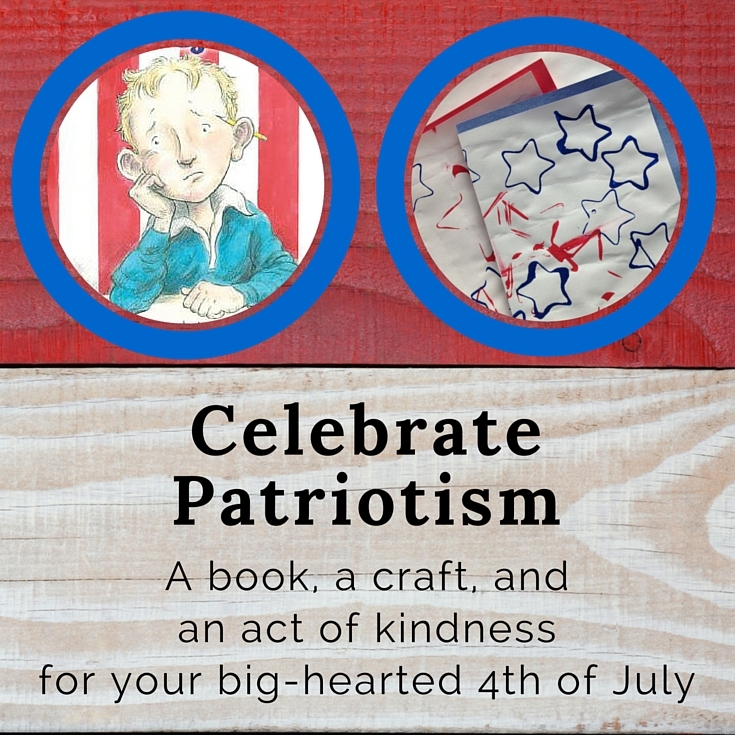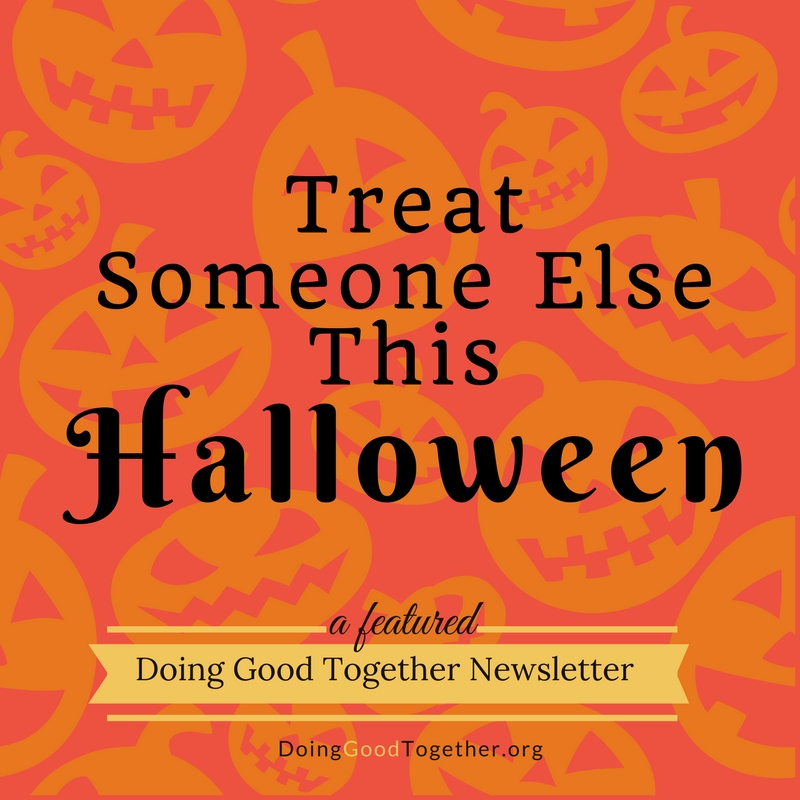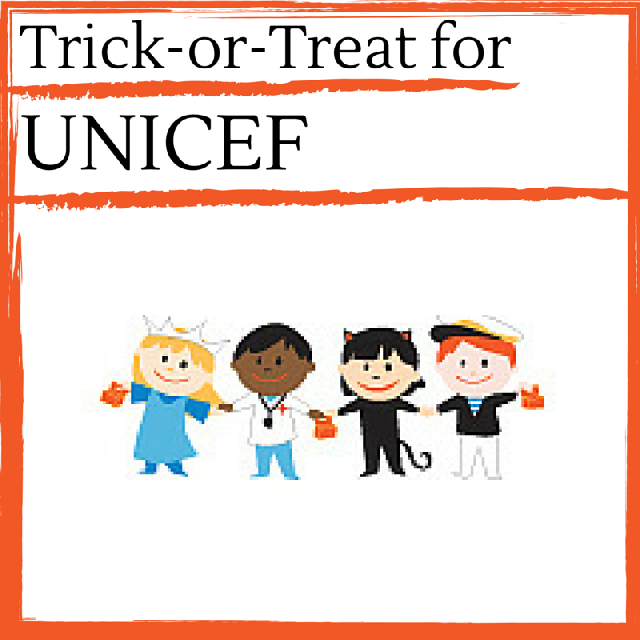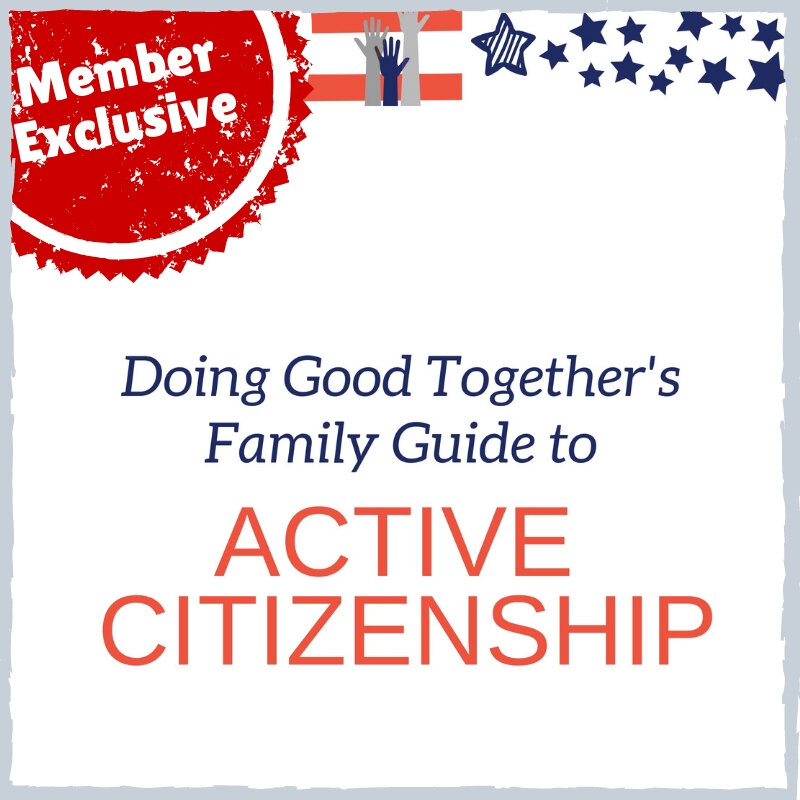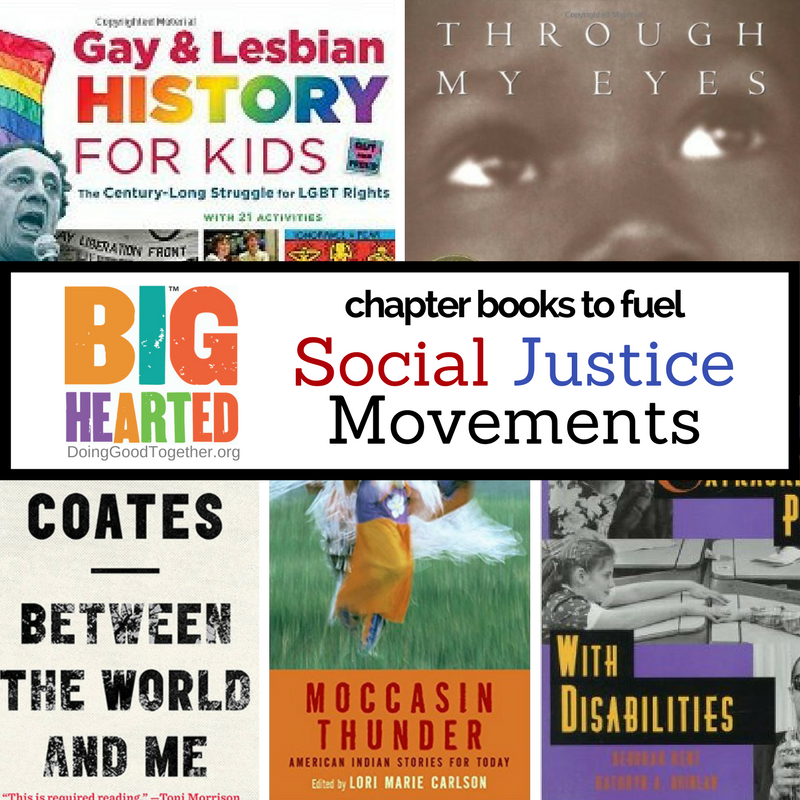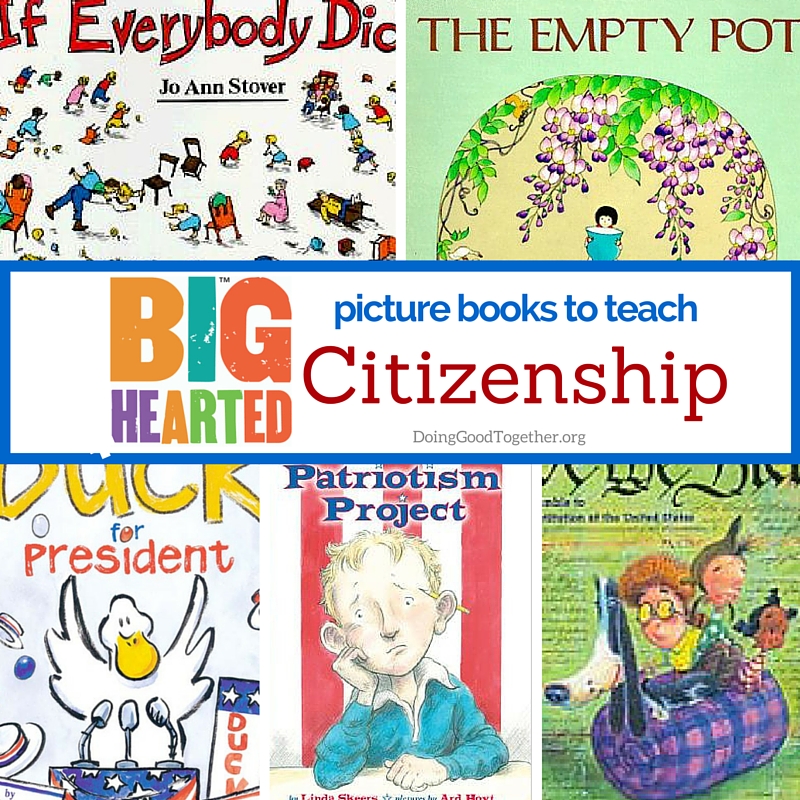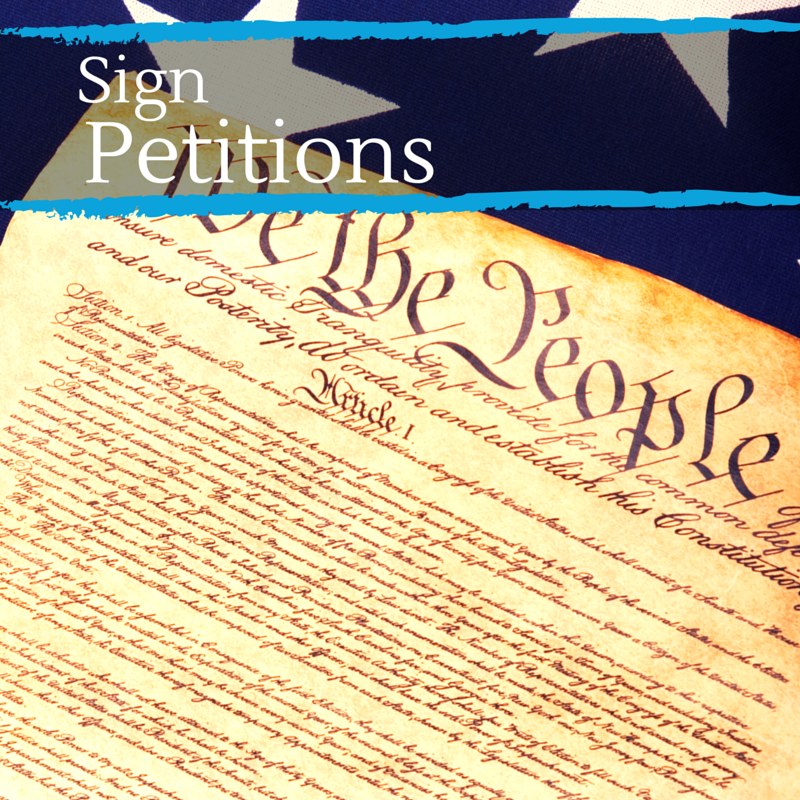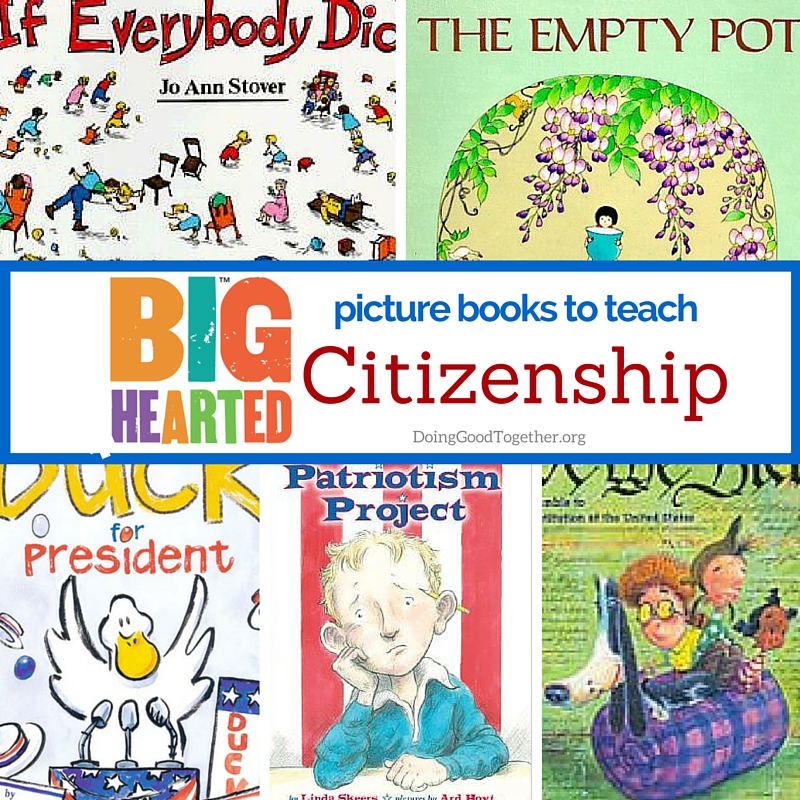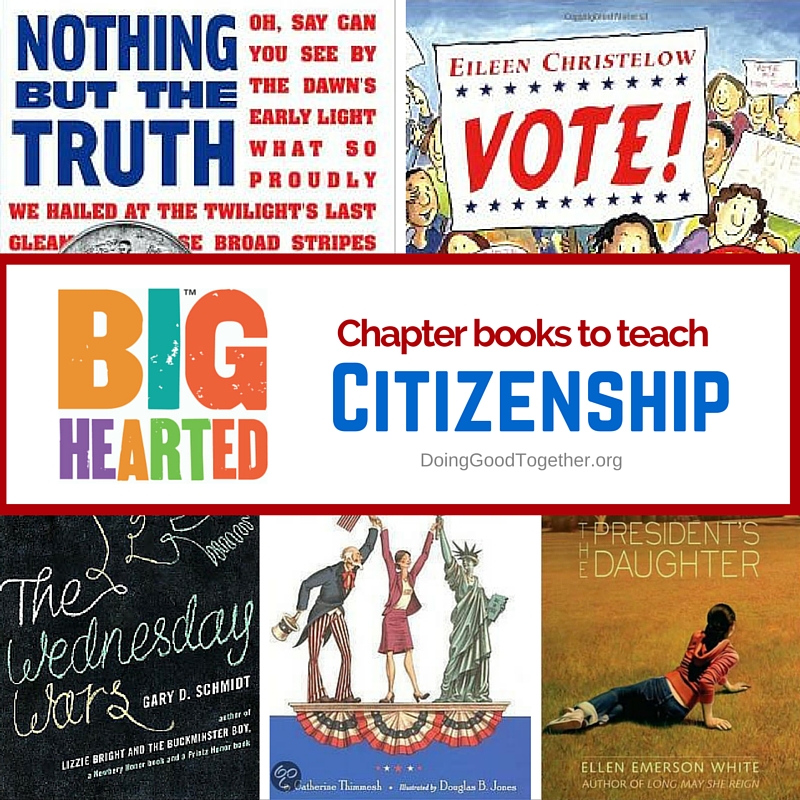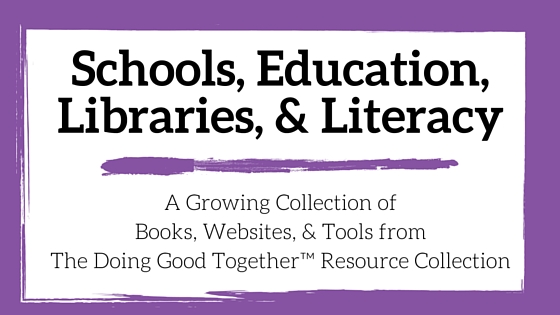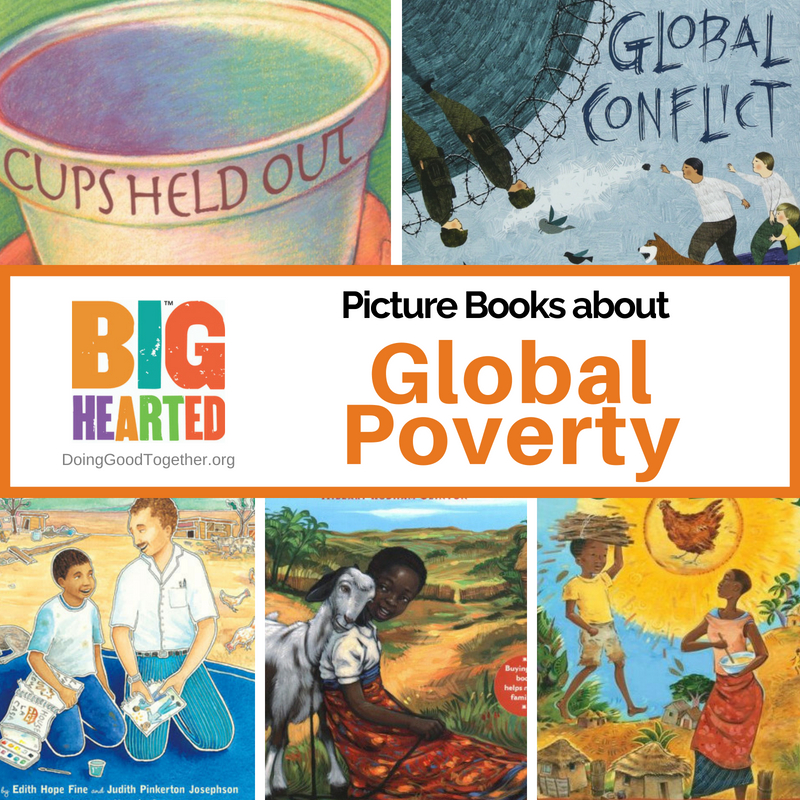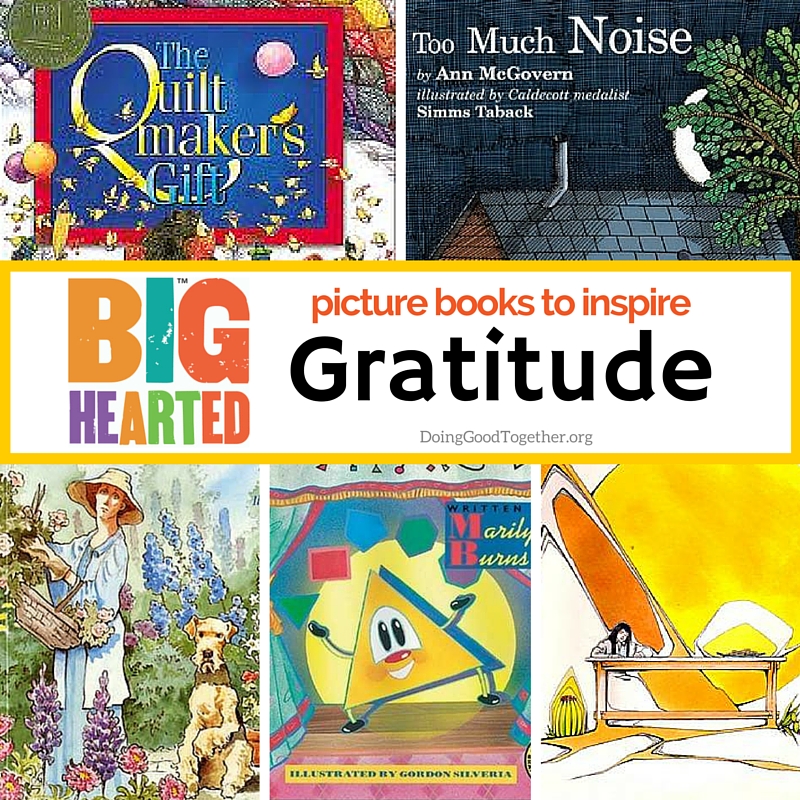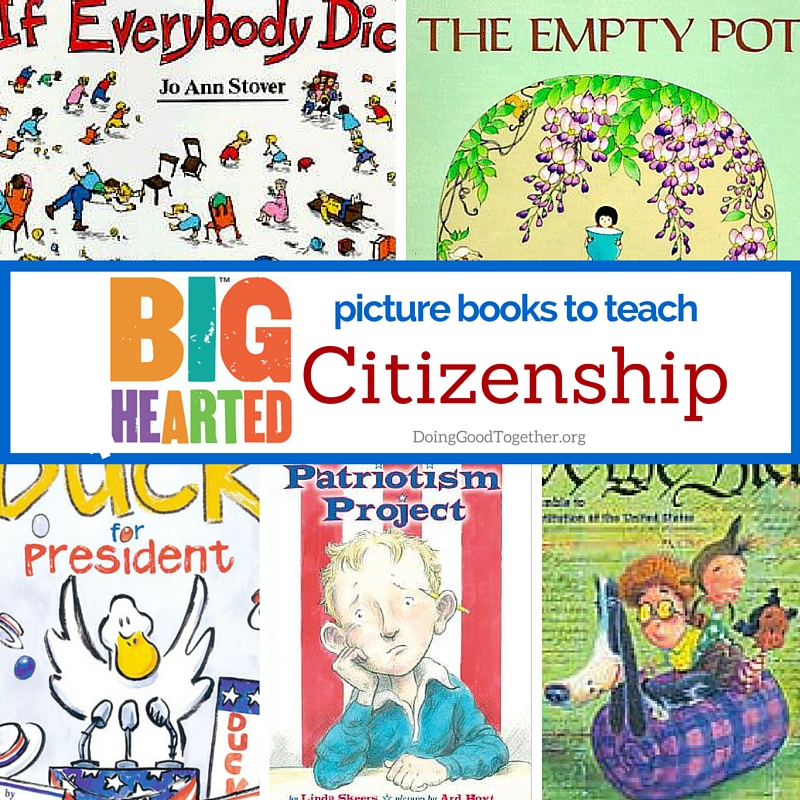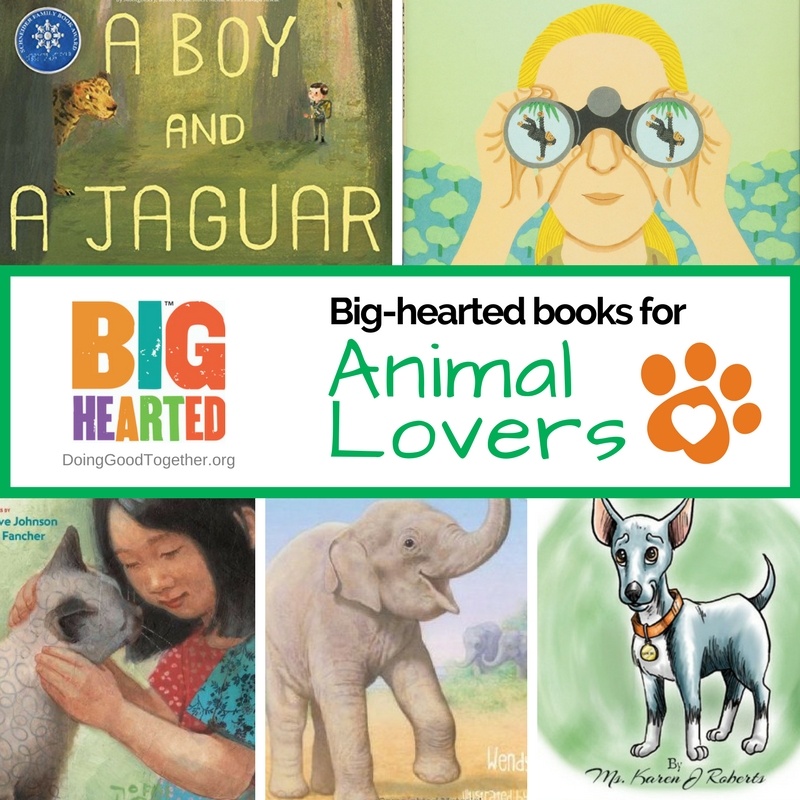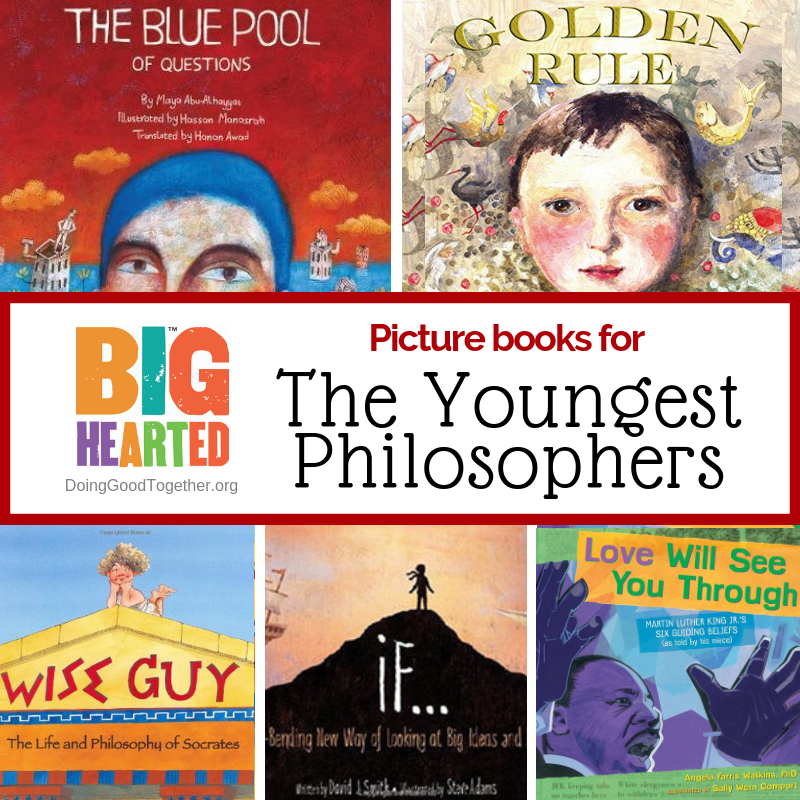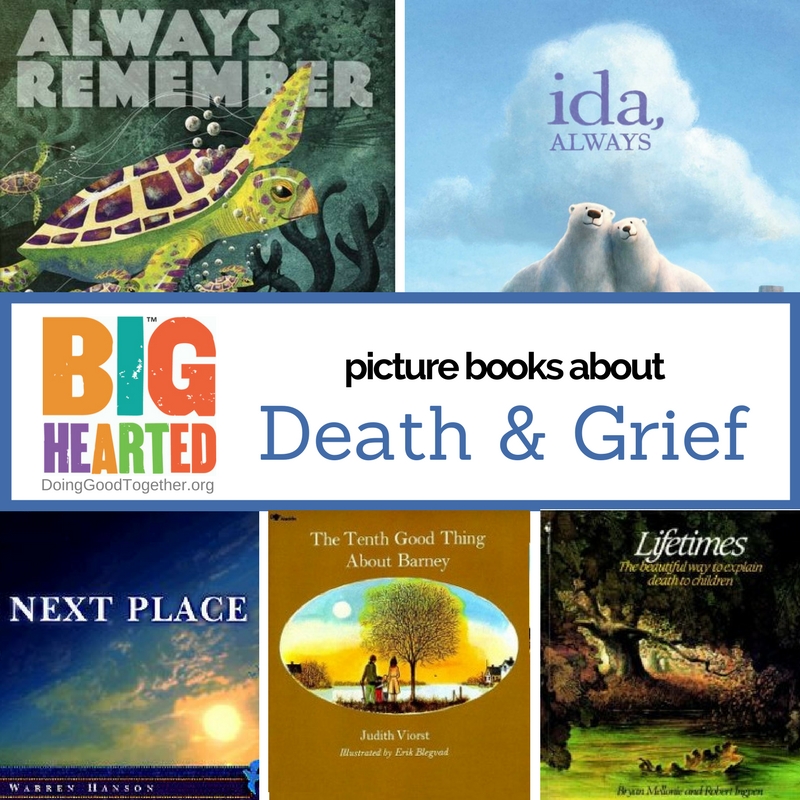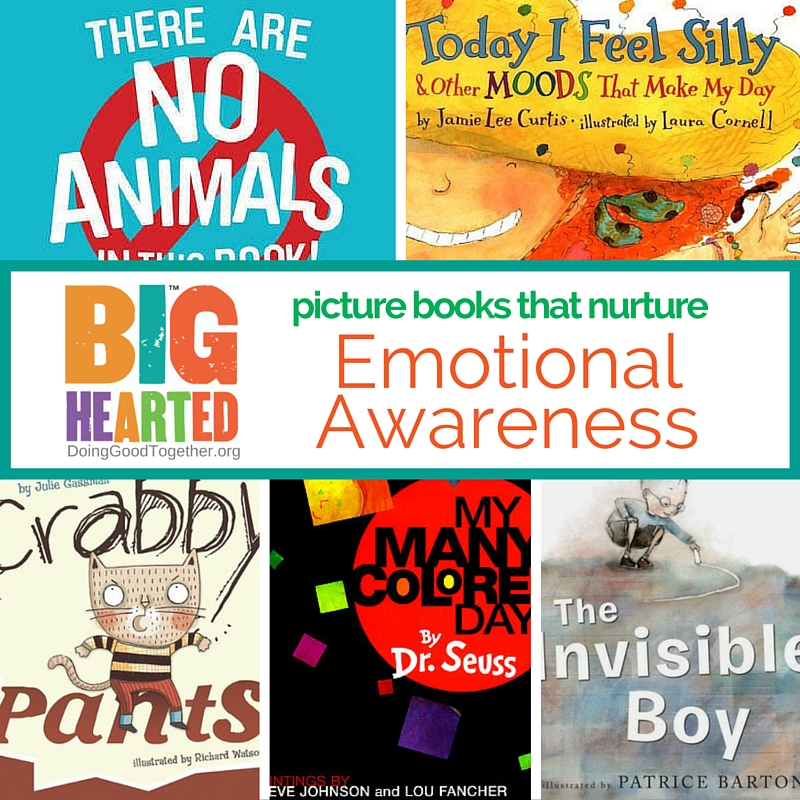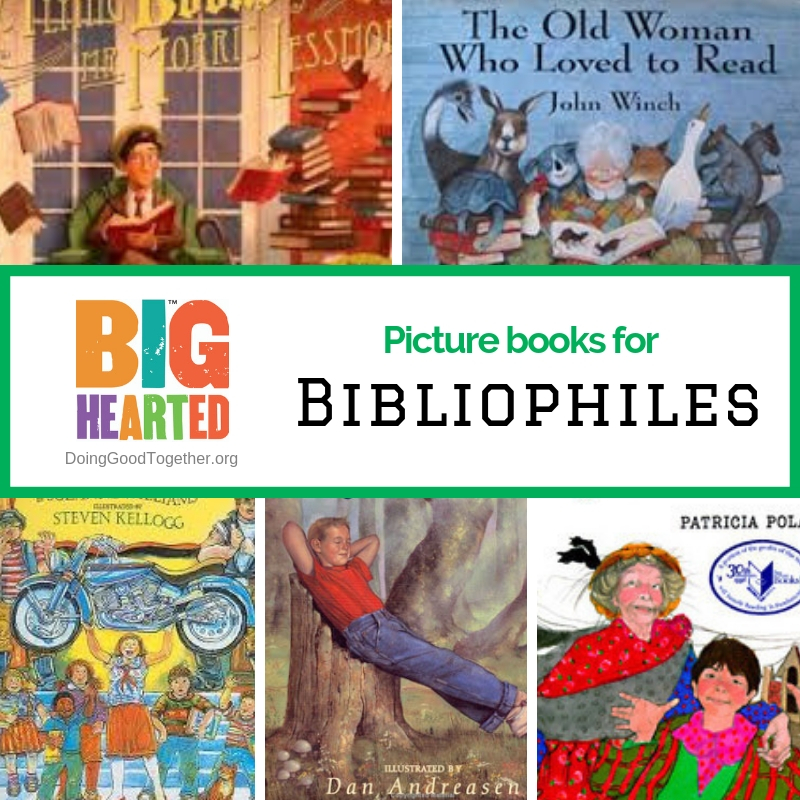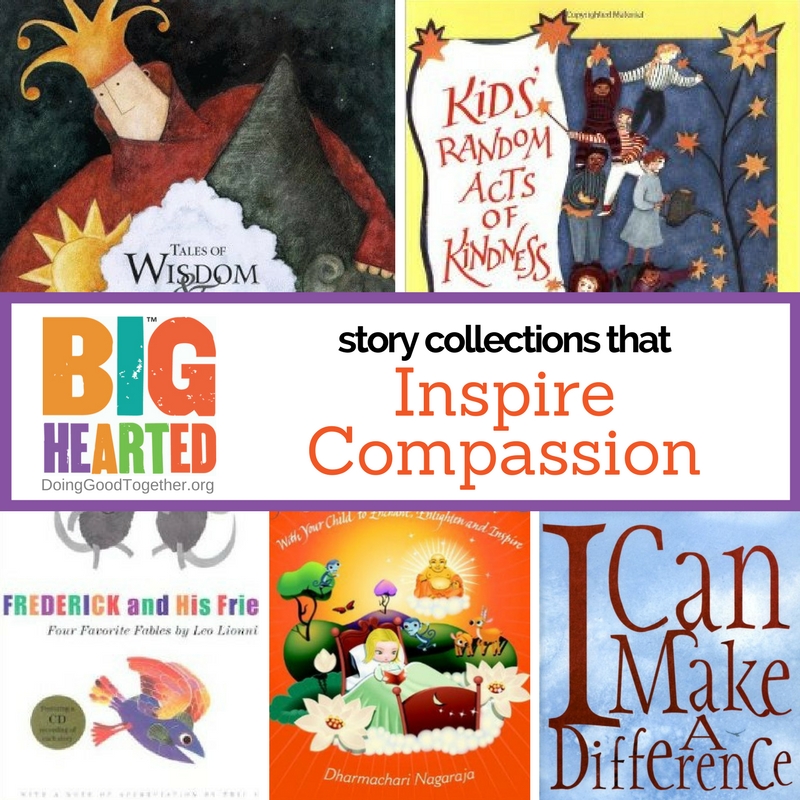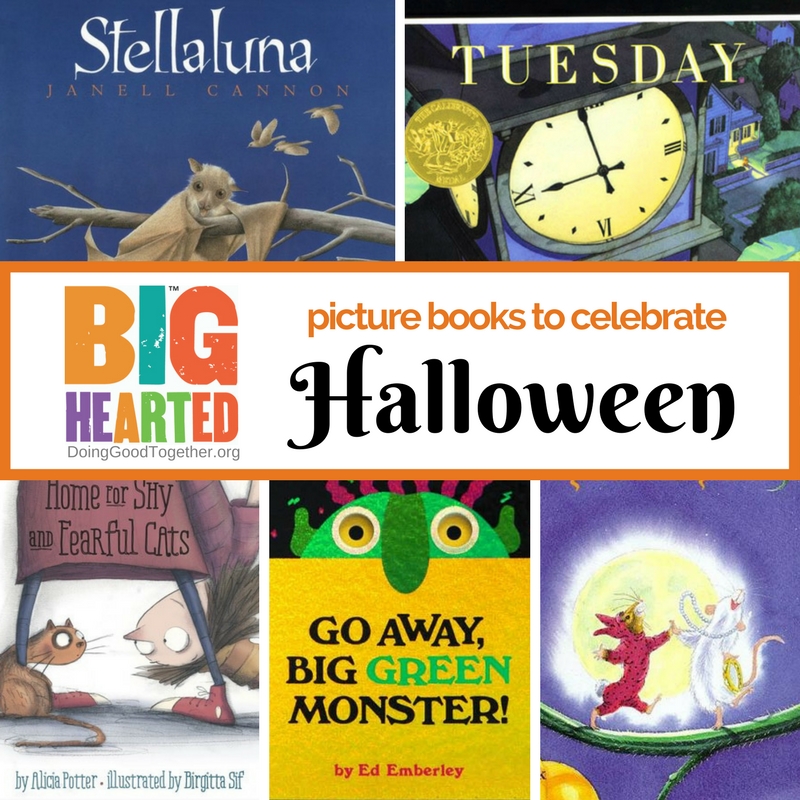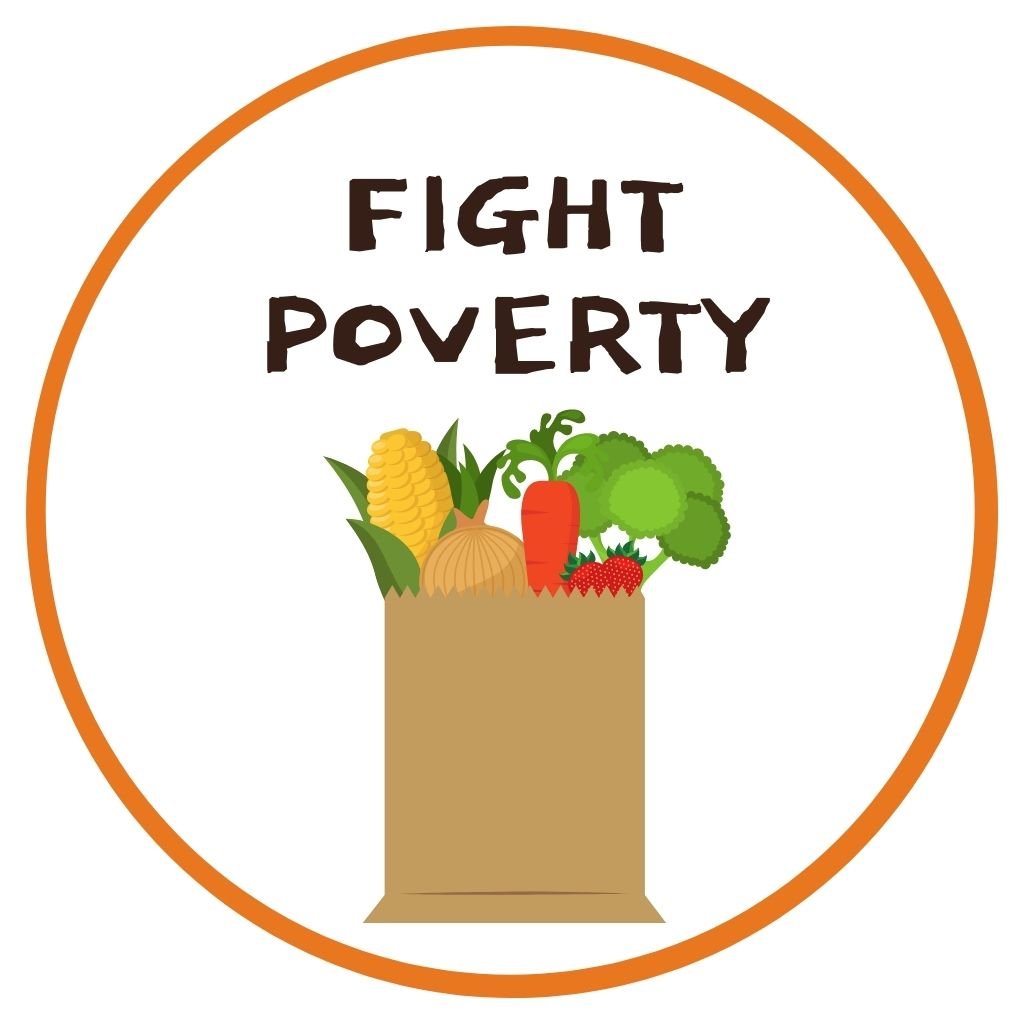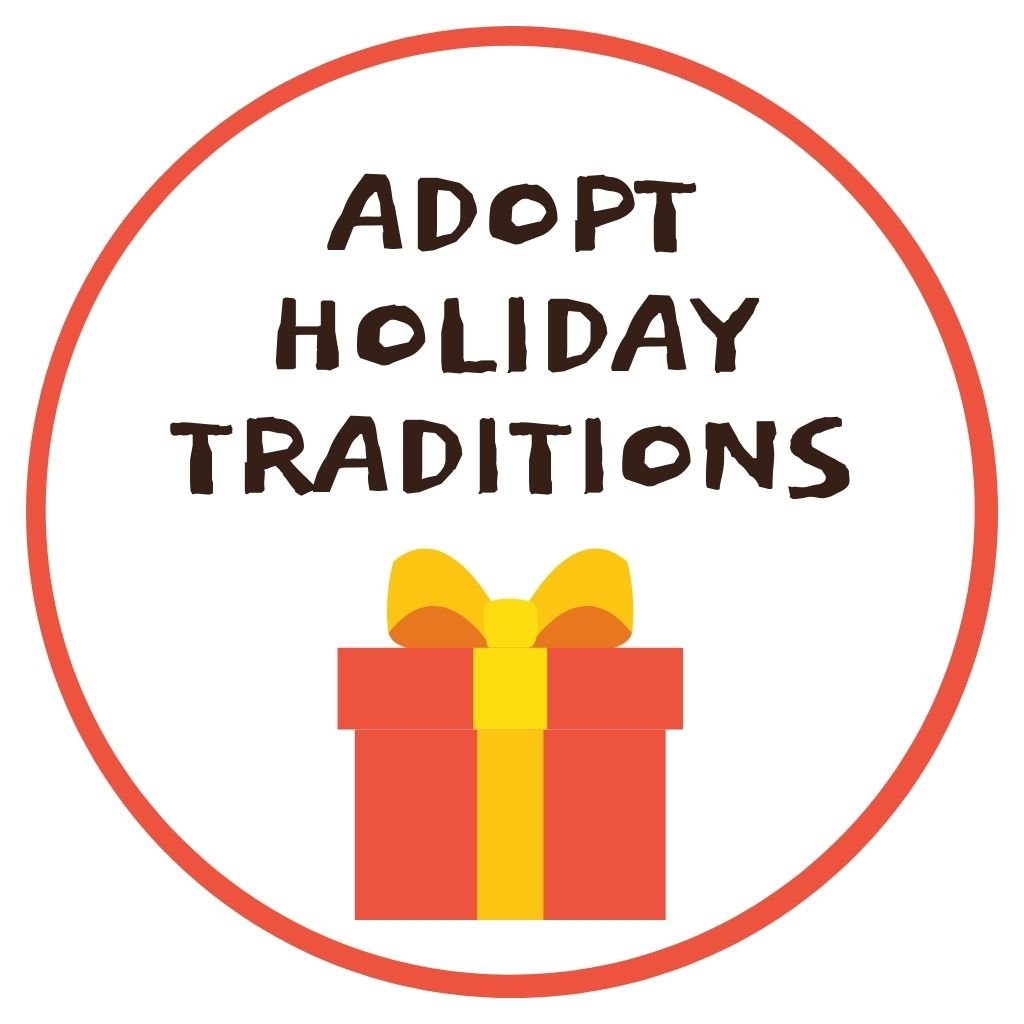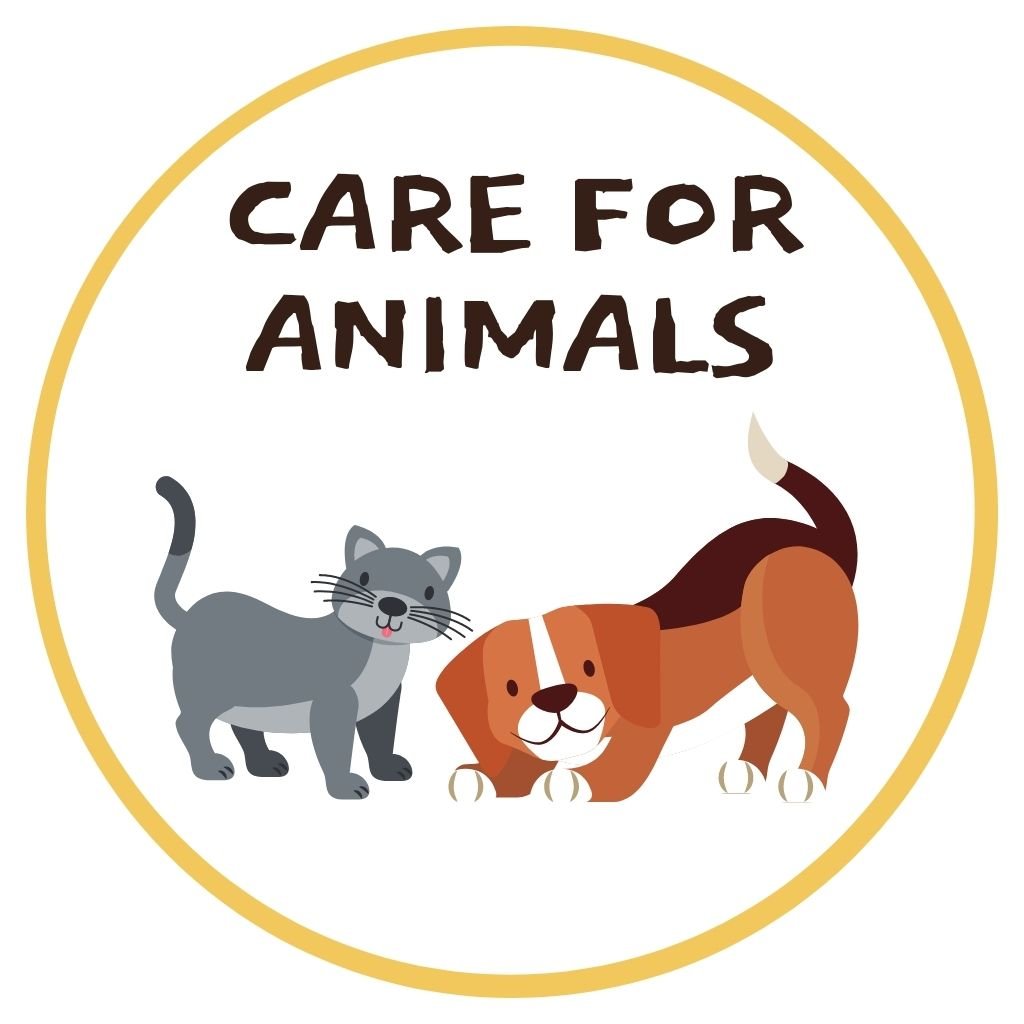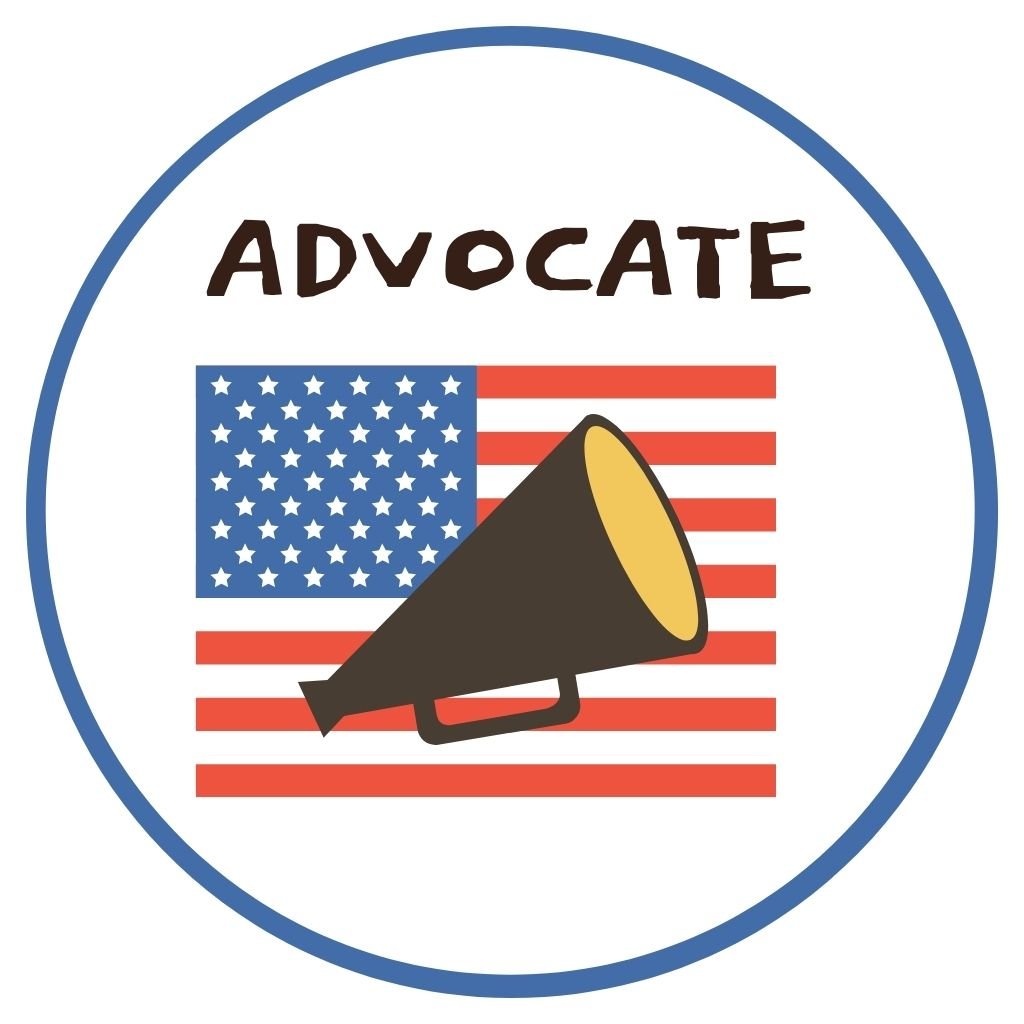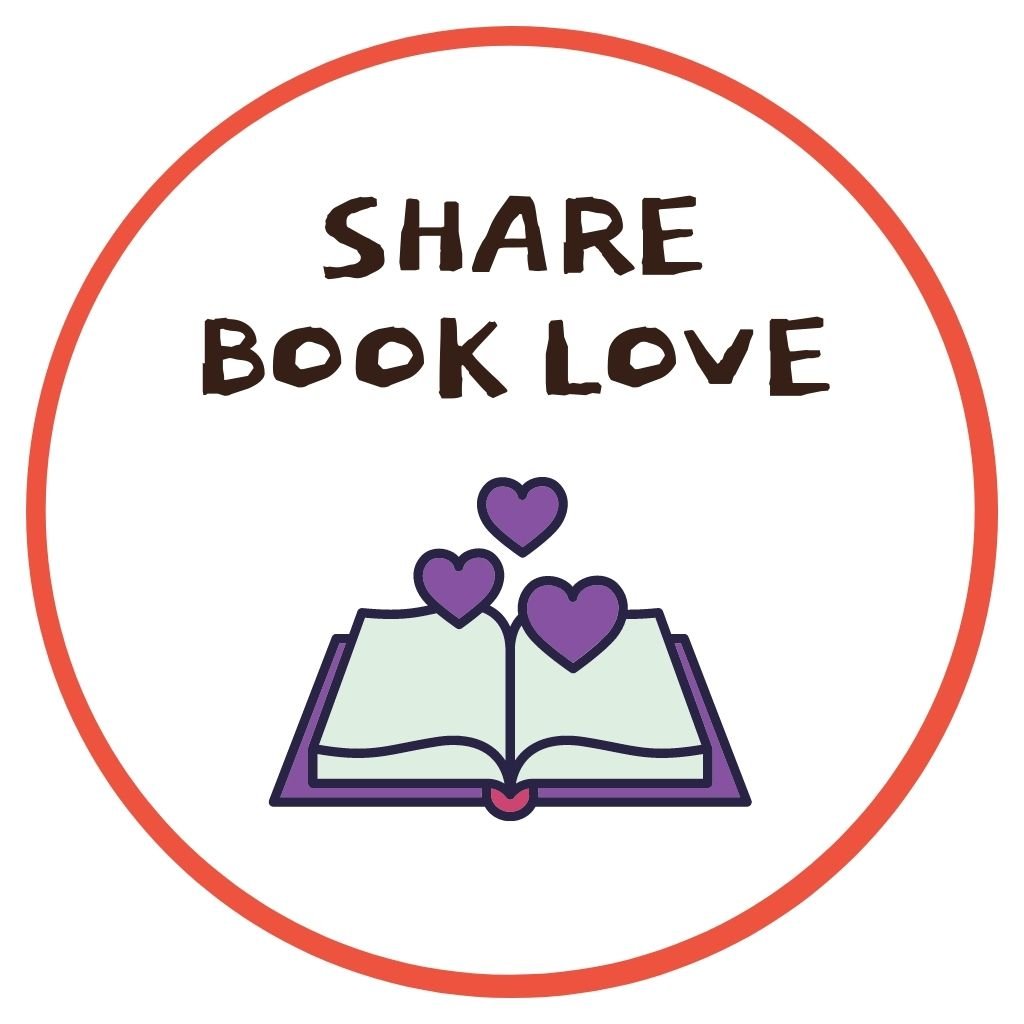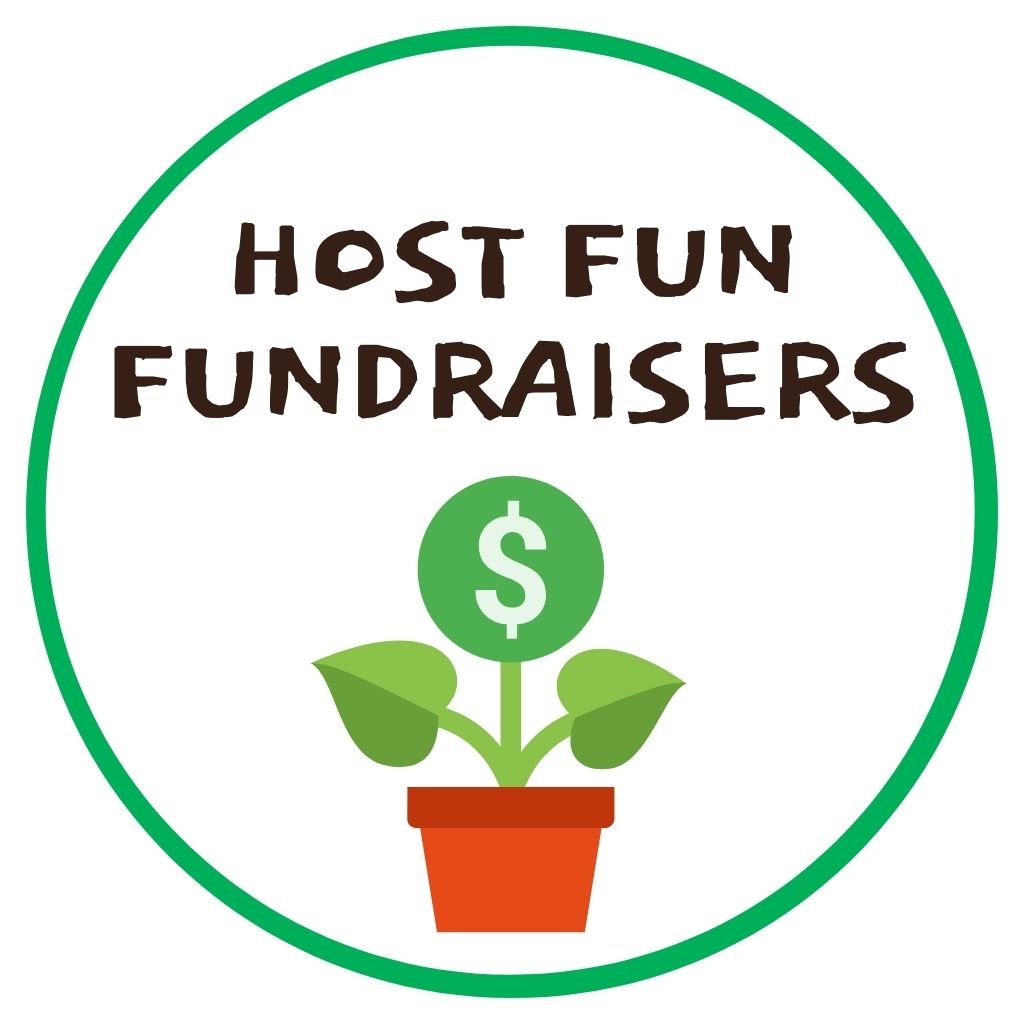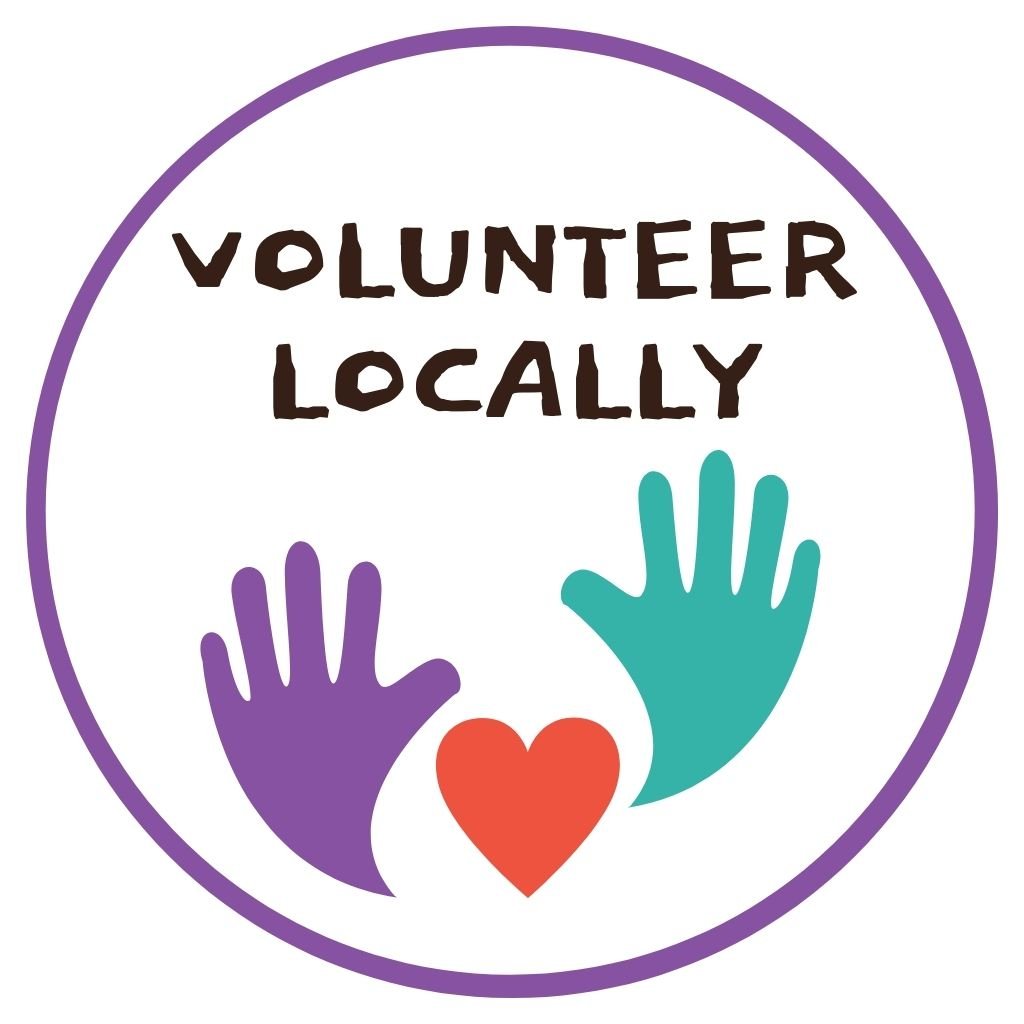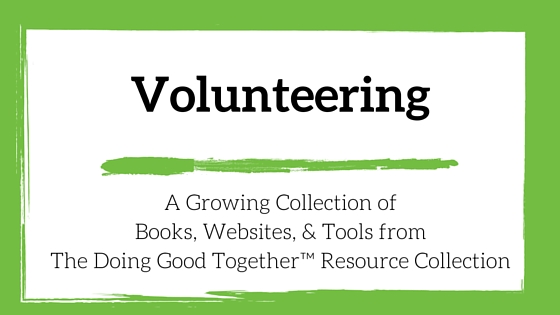Explore our favorite teaching tools.
Like our service projects, this list is continuously evolving. If you don't see your favorite books or websites, we welcome your suggestions in the comment section below.
Books - Preschool and Early Elementary
Across the Alley by Richard Michelson (Putnam Juvenile, 2006). Ages 4-8. The story of two boys, Abe and Willie, who become friends despite racial differences by talking through their bedroom windows at night and sharing their talents.
An Apple for Harriet Tubman by Glennette Tilley Turner (Albert Whitman & Company, 2006). Ages 4-8. An Apple for Harriet Tubman is the story of the life of Harriet Tubman, from her childhood working in the apple orchard on a plantation to her adulthood as a free woman and the conductor on the Underground Railroad.
For Every Child by Caroline Castle (Phyllis Foelman Books, 2002). Using simple text and illustrations from acclaimed artists, this book portrays 14 of the principles of the U.N. Convention on the Rights of the Child.
Freedom River by Doreen Rappaport (Hyperion Book, 2007). Ages 4-8. The true story of John Parker, an African-American businessman who was able to buy his own freedom and then help free other slaves through the Underground Railroad.
Henry’s Freedom Box by Ellen Levine (Scholastic Press, 2007). Ages 4-8. The amazing (and true) story of a slave who escaped to freedom by mailing himself in a crate to Philadelphia.
The Other Side by Jacqueline Wilson (Putnam Juvenile, 2001). Ages 4-8. The story of Clover and Annie, two young girls who are able to become friends despite the racial divide in their community.
Passage to Freedom: The Sugihara Story by Ken Mochizuki (Lee & Low Books, 2003). Ages 4-8. The story of Chiune Sugihara, the Japanese diplomat who helped free thousands of Jews during the Holocaust.
The Peace Bell by Margi Preus (Henry Holt and Co., 2008). Ages 4-8. Yuko’s grandmother never expects to see her town’s temple bell again when it is taken away to be used as scrap metal during World War II, but it is later found and returned as a gesture of friendship by the United States. Based on the true story of the American-Japanese Friendship Peace Bell.
The Peace Book by Todd Parr (Little, Brown Young Readers, 2005). Ages 4-8. In this cheerful, brightly-colored picture book, Todd Parr explains the concept of peace in words that children will understand.
Smoky Night by Eve Bunting (Voyager Books, 1999). Ages 4-8. Inspired by the L.A. race riots and the civil rights movement, this is the story of a neighborhood that learns to bridge differences during hard times.
The Story of Ferdinand by Munro Leaf (Viking Juvenile, 1936). Ages 4-8. The story of a gentle bull who would much rather sit under a tree smelling the flowers than fighting with the other bulls.
The Story of Ruby Bridges by Robert Coles (Scholastic Paperbacks, 2004). Ages 4-8. The story of the only African-American child to attend a New Orleans elementary school after desegregation in 1960.
Tar Beach by Faith Ringgold (Dragonfly Books, 1996). Ages 4-8. The struggles of a close-knit African-American family living in Harlem in 1939.
Wangari’s Trees of Peace by Jeanette Winter (Harcourt Children’s Books, 2008). Ages 9-12. The story of Wangari Maathai, the 2004 Nobel Peace Prize winner who has planted over 30 million tees in Kenya.
We Are All Born Free by Amnesty International (Frances Lincoln Children’s Books, 2008.) Ages 4-8. Published by Amnesty International, We Are All Born Free is an illustrated, commemorative edition of the Universal Declaration of Human Rights, which was adopted by the United Nations General Assembly after the atrocities of World War II. Royalties from the sale of the book are donated to Amnesty International.
Books - Late Elementary
Anne Frank: The Diary of a Young Girl by Anne Frank (Bantam, 1993). Ages 9-12. The classic story of a courageous young Jewish girl who is forced to hide in an attic to escape persecution by the Nazis.
Belle Teal by Ann M. Martin (Scholastic Paperbacks, 2004). Ages 9-12. The story of a little girl who stands up for her beliefs when her community is shaken by the controversy resulting from desegregation.
Bud, Not Buddy by Christopher Paul Curtis (Laurel Leaf, 2004). Ages 9-12. The story of Bud Caldwell, a young African-American boy growing up in 1930s Michigan who is on the run from abusive foster homes and is convinced that a famous stand-up bass player is his father.
The Devil’s Arithmetic by Jane Yolen (Puffin, 2004). Ages 9-12. Twelve-year-old Hannah is tired of hearing her relatives talk constantly about their memories of the Holocaust. However, when she is transported back in time to a 1940s Polish village, she learns how important it is to remember.
Just Like Martin by Ossie Davis (Puffin, 1995). Ages 10 and up. Written by a famous Civil Rights activist, Ossie Davis’ story tells the tale of fourteen year-old Martin, who is a proud supporter of the Civil Rights Movement until his faith and dedication are shaken following the death of his friends.
Elijah of Buxton by Christopher Paul Curtis (Scholastic Press, 2006). Ages 9-12. The story of Elijah, the first free-born African-American in his Buxton, Canada settlement and his brave attempts to help free a group of slaves.
Frederick Douglass: Rising Up From Slavery (Sterling Biographies) by Frances E. Ruffin (Sterling, 2008). Ages 9-12. Biography of the former slave who became one of the central figures of the abolitionist movement.
The Friendship by Mildred D. Taylor (Puffin, 1998). Ages 9-12. The Friendship is the story of the devastating effects of racism on the friendship of a white man and a black man in Mississippi in the 1930s.
Harriet Tubman: Conductor on the Underground Railroad by Ann Petry (Amistad, 1995). Ages 9-12. Biography of the courageous woman who led over 300 slaves to freedom through the Underground Railroad.
Iggie’s House by Judy Blume (Atheneum/Richard Jackson Books, 2002). Ages 9-12. When an African-American family movies into Winnie’s neighborhood, she must confront prejudice in her community.
The Jacket by Andrew Clements (Aladdin, 2003). Ages 9-12. A young boy learns about prejudice after wrongfully accusing an African-American boy of stealing his brother’s jacket.
Jacob’s Rescue by Malka Drucker (Yearling, 1994). Ages 9-12. The story of a young boy who is rescued by a brave family during the Nazi occupation of Poland
Kids on Strike! by Susan Campbell Bartoletti (HMH Books for Young Readers, 2003). Before child labour laws existed, children across America were subjected to long hours of work in deplorable conditions. Learn about their place in history and what they did in order to try to better their situations.
Little Rock Nine by Marshall Poe (Aladdin, 2008). Ages 9-12. Written in graphic novel form, Little Rock Nine is the story of two high school friends, one black and the other white, caught in the middle of the conflict surrounding desegregation of public schools.
Lizzie Bright and the Buckminster Boy by Gary D. Schmidt (Laurel Leaf, 2008). Ages 9-12. When the town of Phippsburg, Maine threatens to turn nearby Malaga Island, settled by former slaves, into a tourist spot, Lizzie Bright and the minister’s son, Turner Buckminster, must join together to preserve her home.
Mississippi Bridge by Midred D. Taylor (Puffin, 2000). Ages 9-12. Mississippi Bridge is a powerful and haunting story about the effects of racism and segregation on a town in Mississippi in the 1930s.
Number the Stars by Lowis Lowry (Laurel Leaf, 1998). Ages 9-12. The story of 10-year-old Annemarie Johannesen and her courageous attempt to save her best friend during the Nazi occupation of Denmark in 1943.
Out of Bounds by Beverley Naidoo (HarperTrophy, 2008). Ages 9-12. Out of Bounds is a collection of stories from the point of view of children living in South Africa under the apartheid.
Riding Freedom by Pam Munoz Ryan (Scholastic Paperbacks, 1999). Ages 9-12. The story of Charlotte Parkhurst, a woman who spent most of her life disguised as a man and became the first woman to vote in the state of California.
Roll of Thunder, Hear My Cry by Mildred D. Taylor (Puffin, 2004). Ages 9-12. The Newberry Award-winning story of Cassie Logan, a young girl living in Mississippi in the 1930s whose family must deal with poverty and racism.
Rosa Parks by Rosa Parks and Jim Haskins (Puffin, 1999). Ages 9-12. Rosa Parks’ first-hand account of her involvement in the Civil Rights Movement.
The Slave Dancer by Paula Fox (Aladdin, 2008). Ages 9-12. The story of Jesse Boller, a teenager who is kidnapped and forced to work on a slave ship and the horrors he witnesses there.
Sounder by William H. Armstrong (HarperTrophy, 1995). Ages 9-12. The classic story an African-American family affected by poverty and racism in the South, and their loyal dog, Sounder.
Students on Strike: Jim Crow, Civil Rights, Brown, and Me by John A. Stokes (National Geographic Children’s Books, 2007.) Ages 9-12. Stokes, one of the students who took part in the strike at R.R. Moton High School in 1951 to protest separate schooling for blacks and whites, gives his own first-hand account of the Civil Rights Movement
Through My Eyes by Ruby Bridges (Scholastic Press, 1999). Ages 9-12. An account of the life of Ruby Bridges, the first African-American student at an all-white elementary school in New Orleans, as seen through her own eyes.
The Watsons Go To Birmingham – 1963 by Christopher Paul Curtis (Laurel Leaf, 2000). Ages 9-12. When Kenny’s parents decide that his older, troublemaker brother, Byron, should be removed from the bad influences of the city for the summer, the family heads to Birmingham, Alabama, just in time to witness one of the most terrible incidents to occur in response to the Civil Rights Movement: the burning of the Sixteenth Avenue Baptist Church with four little girls inside.
Witness by Karen Hesse (Scholastic Paperbacks, 2003). Ages 9-12. When a small town in Vermont is infiltrated by the Ku Klux Klan, it is met with both support by some of the townspeople and trepidation by others. Told through the voices of both the victims and victimizers, the story shows how a small town can be gripped by prejudice, and how ultimately, the rights of the many overcome the hatred of the few.
Books - Young Adult
Amos Fortune, Free Man by Elizabeth Yates (Puffin, 1989). Young Adult. First published in 1951, Amos Fortune, Free Man is the story of a man who is captured and sold into slavery, but is eventually able to buy his own freedom and that of other slaves.
Incidents in the Life of a Slave Girl by Harriet Jacobs (Dover Publications, 2001). From her teen years to her young life, Linda Brent struggled to survive at the height of slavery prior to the Civil War, even living in an attic for seven years to hide from her master. Based on Jacobs’ own personal experience.
The Glory Field by Walter Dean Myers (Scholastic Paperbacks, 2008). Young Adult. The Glory Field traces the history of one African-American family, the Lewises, all the way from the beginnings of slavery, through the Civil War and the Civil Rights Movement, to a family reunion in the 1990s.
Irrepressible Spirit: Conversations with Human Rights Activists by Susan Kuklin (G.P. Putnam’s Sons, 1996). Powerful interviews with courageous people who are fighting for human rights. The stories are searing, but the message is hopeful.
Peace Jam: A Billion Simple Acts of Peace by Ivan Suvanjieff (Puffin, 2008). Ages 12 and up. Peace Jam profiles Nobel Peace Laureates (such as the Dalai Lama and the Archbishop Desmond Tutu) and their work with teens in the PeaceJam movement, and provides tips on how the reader can get involved.
Stand Up, Speak Out: A Book About Children’s Rights (Two-Can Publishing, 2001). Ages 9-12. An examination of the U.N. Convention on the Rights of the Child through the drawings and writings of young people around the world.
To Kill a Mockingbird by Harper Lee (Grand Central Publishing, 1988). Young Adult. The story of two children, Scout and Jem, and their father’s attempt to defend the honor of an African-American man who has been wrongfully accused of a serious crime.
Warriors Don’t Cry by Melba Pattillo Beals (Simon Pulse, 2007). Ages 12 and up. The first-hand account of one of the nine black students who was part of the integration of Little Rock Central High School in 1957.
Books - Adult
12 Years a Slave by Solomon Northup (CreateSpace Independent Publishing Platform, 2013). A free man from New York, Solomon Nothup is kidnapped and kept as a slave in Kentucky for 12 years. His undeniable courage and unswayable strength have made this book a must-read. Now also a major motion picture.
Speak Truth to Power: Human Rights Defenders Who are Changing our World by Kerry Kennedy Cuomo, photographs by Eddie Adams (Crown Publishers, 2000). Portraits and interviews of human rights advocates from around the world. Look at this book with your children so they might know the true meaning of the word “hero.”
Justice: What’s the Right Thing to Do? by Michael J. Sandel (Farrar, Straus and Giroux, 2010). Controversial topics such as abortion, the bailout, same-sex marriage are approached from a philosophical stance in an effort to better understand these issues.

